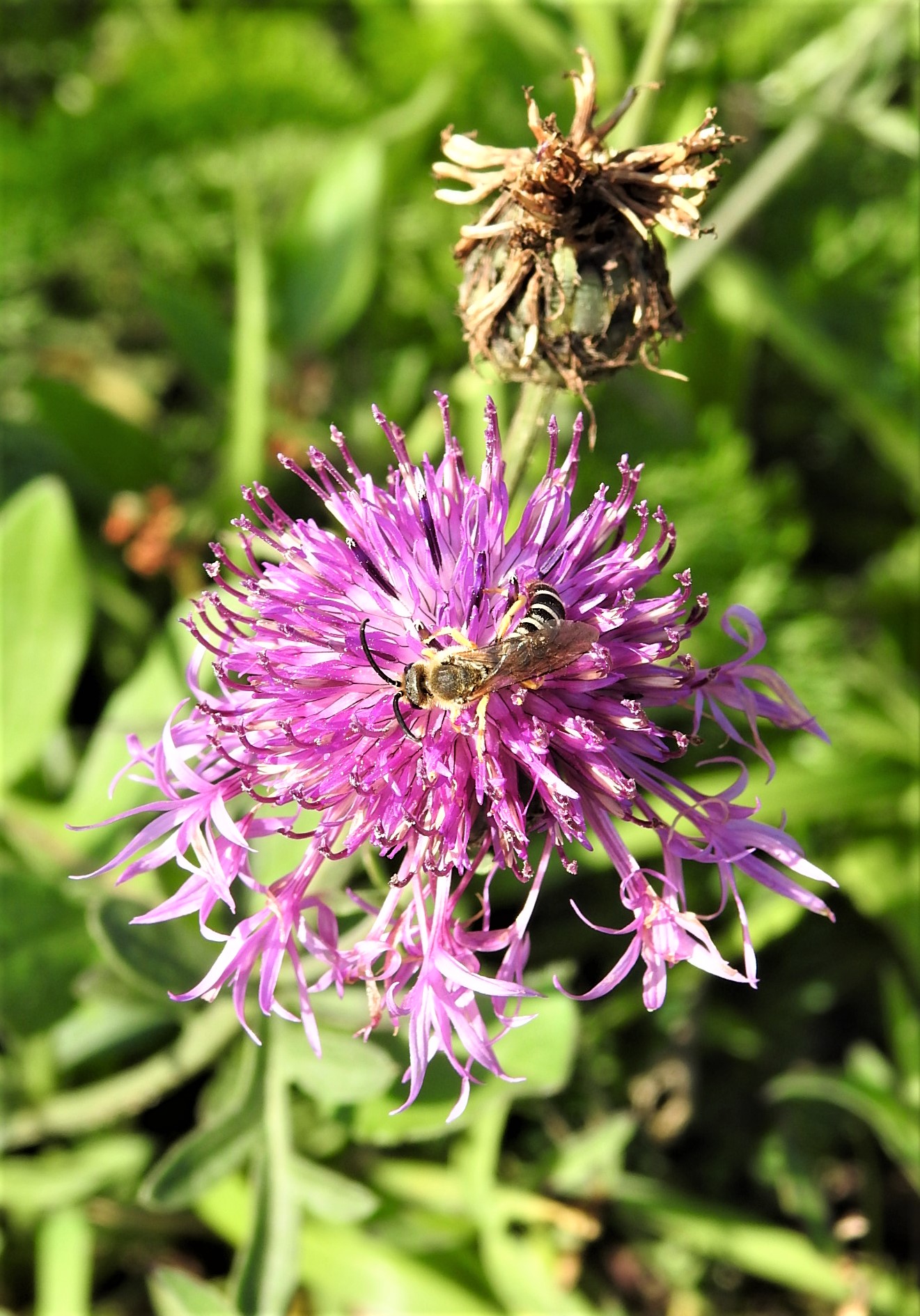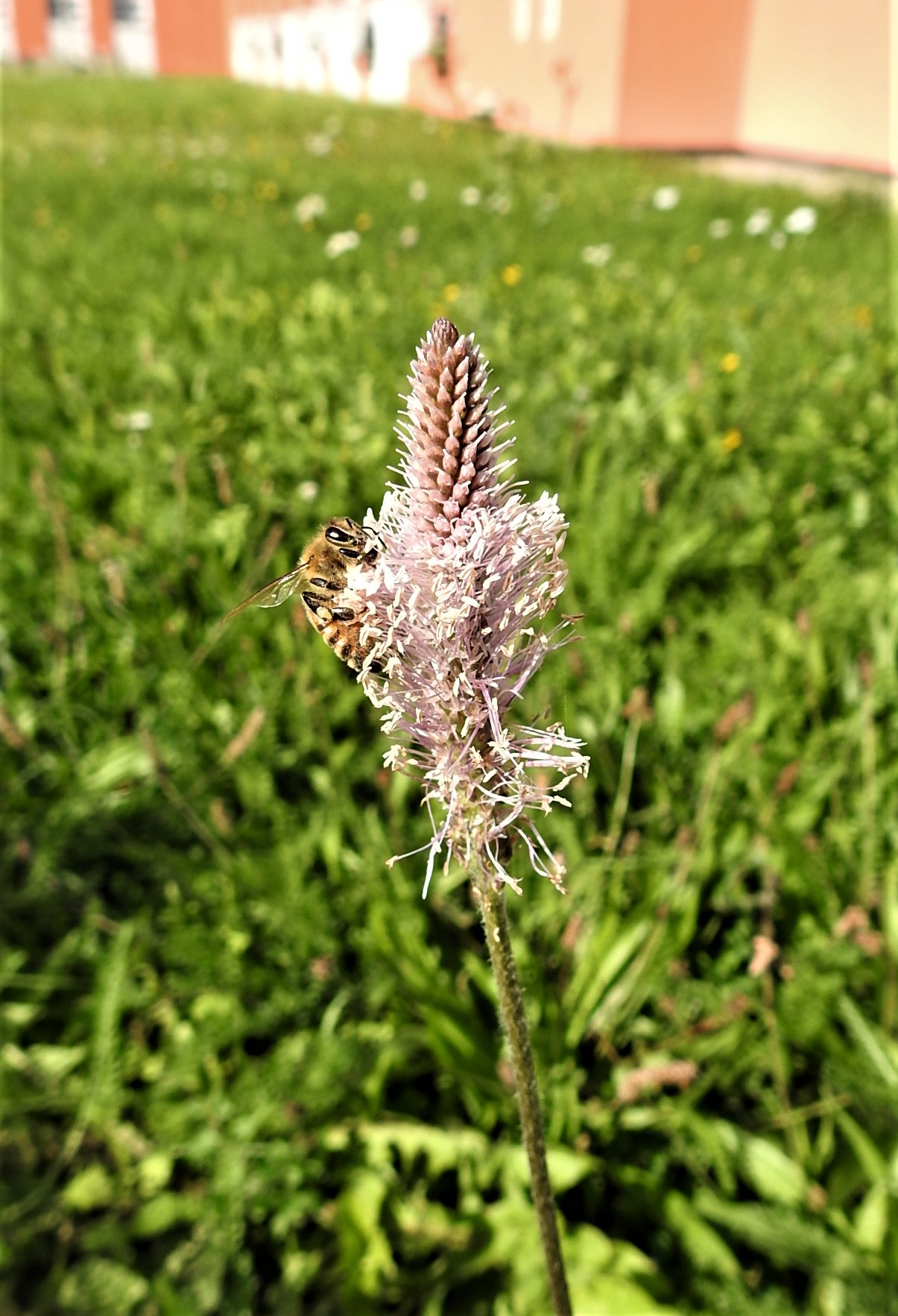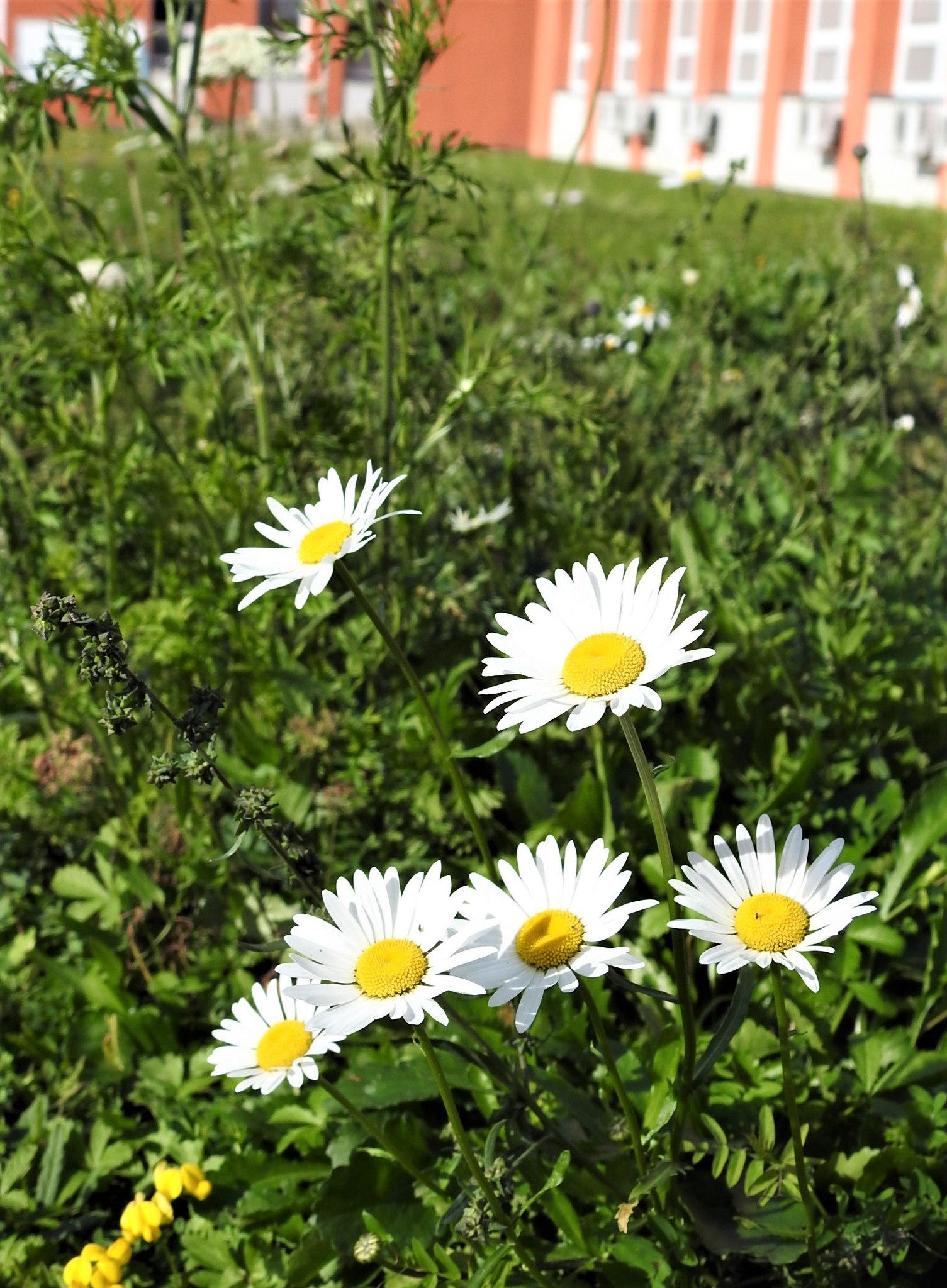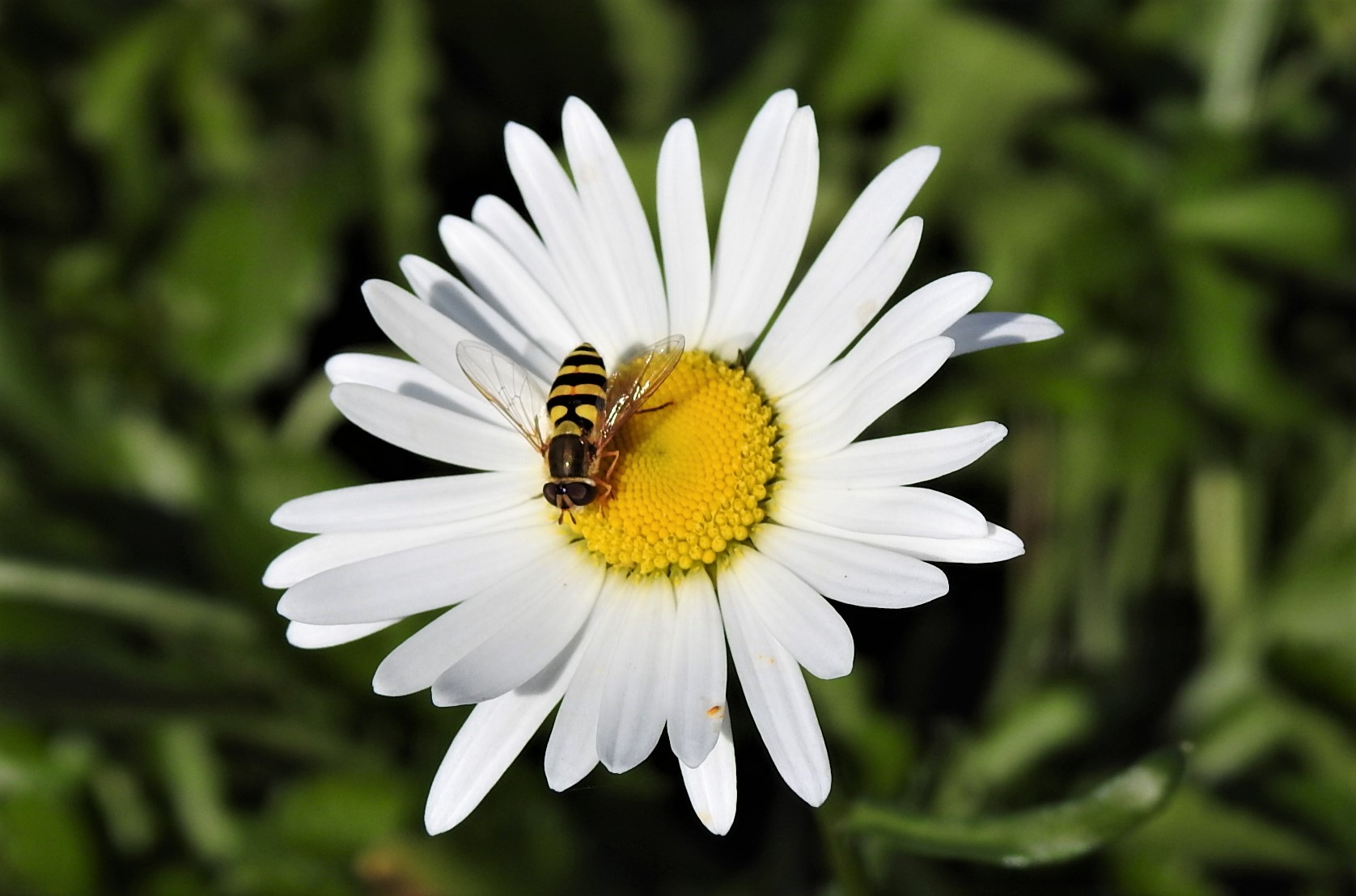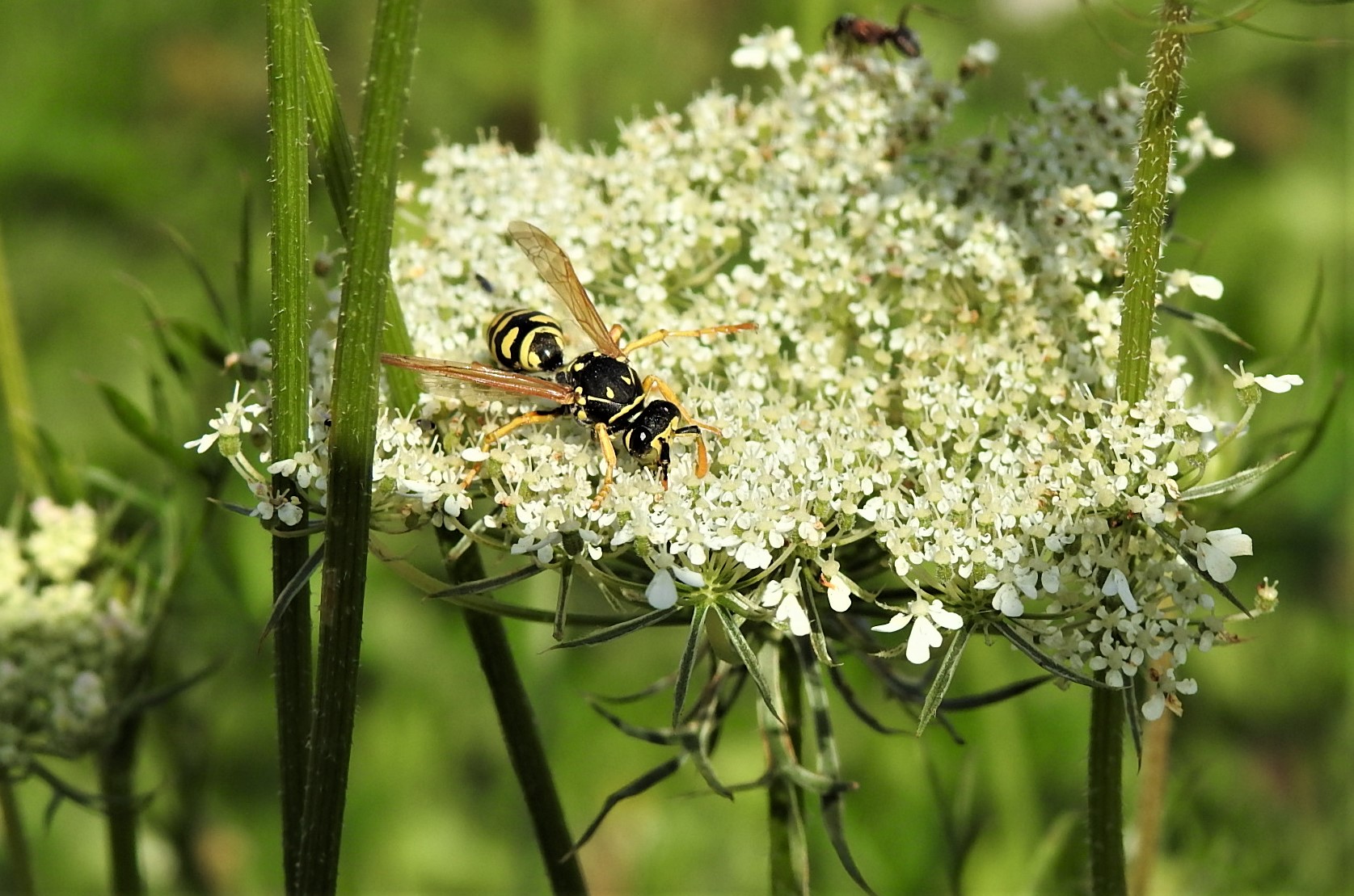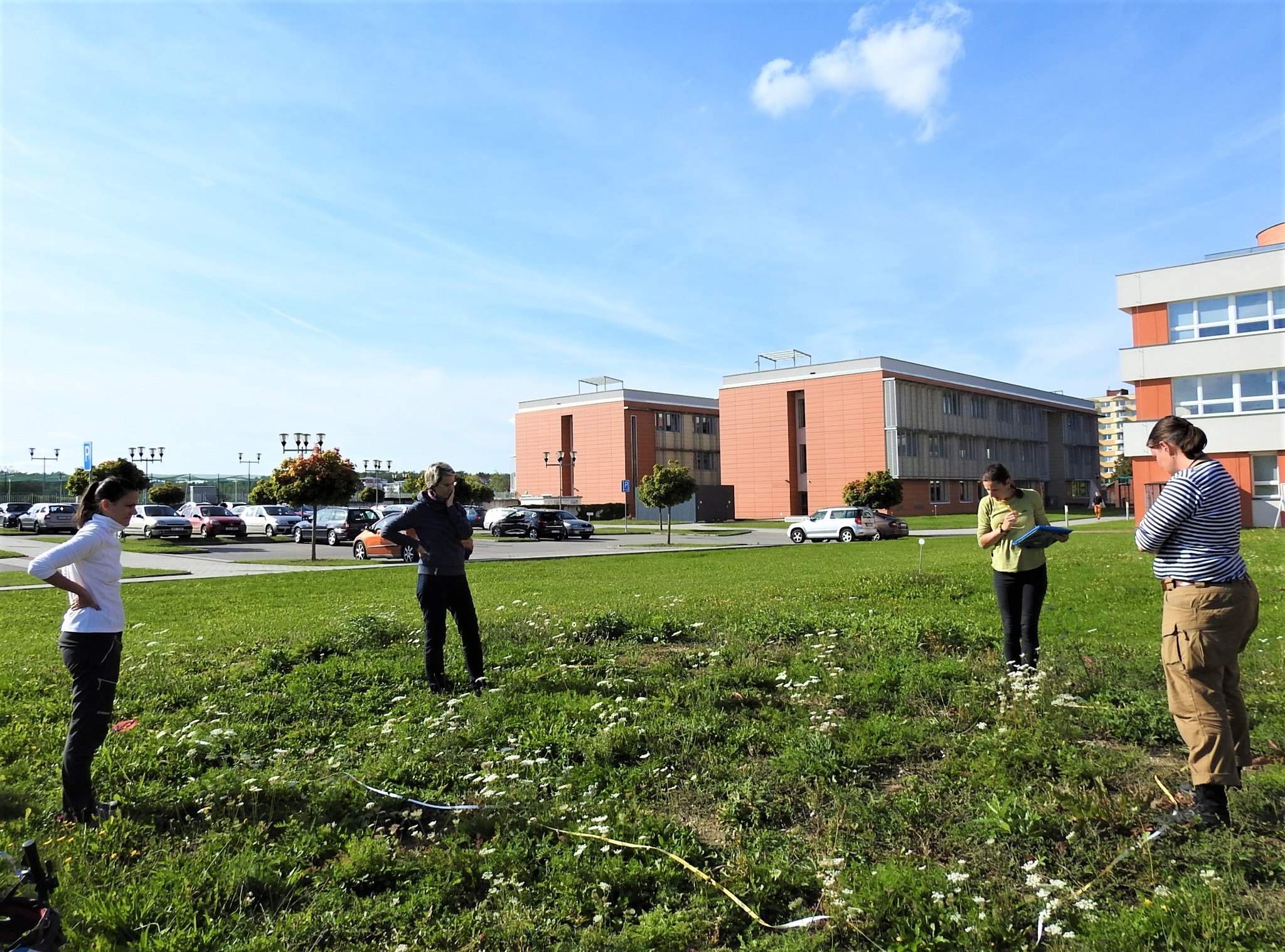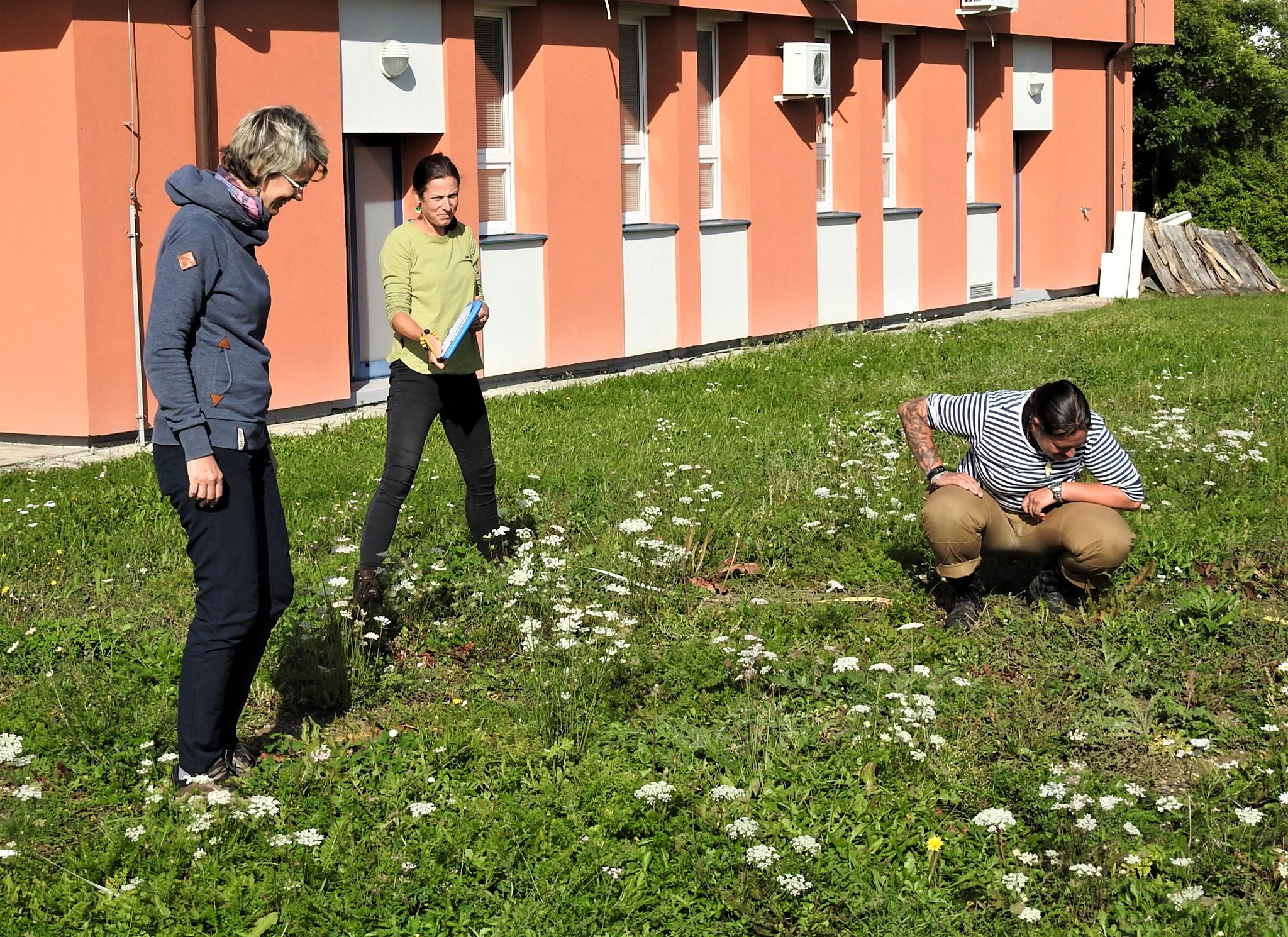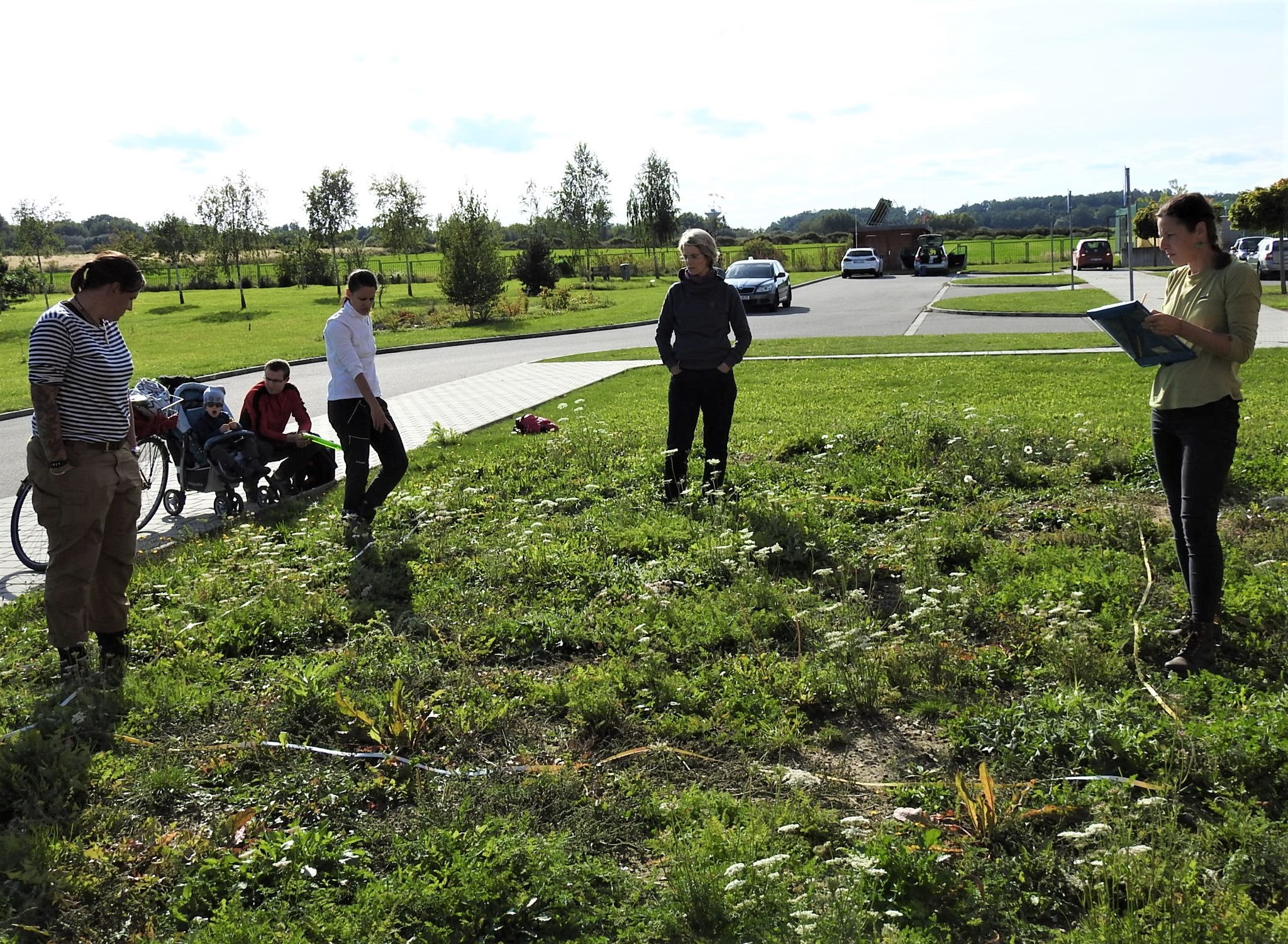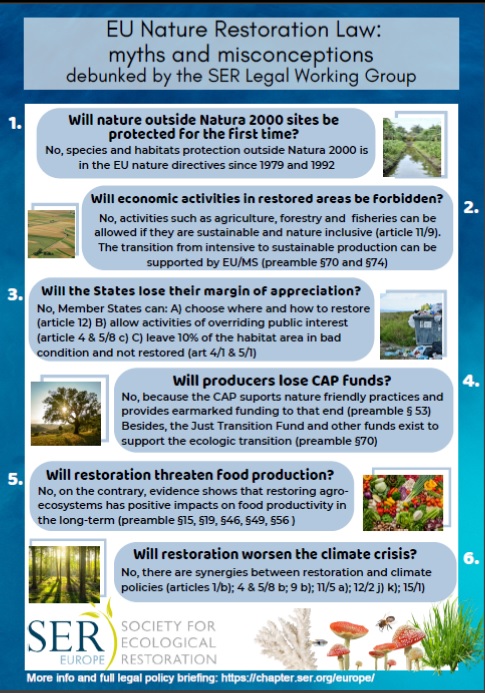 The SER Europe Legal Working Group has developed a short document in which they summarize the most important facts and debunk the largest myths regarding the new EU Nature Restoration Law.
The SER Europe Legal Working Group has developed a short document in which they summarize the most important facts and debunk the largest myths regarding the new EU Nature Restoration Law.
Nature Restoration Law: Myths and misconceptions
Published on May 27, 2023
Kosteliska and Mnišské meadows
Published on Apr 14, 2023
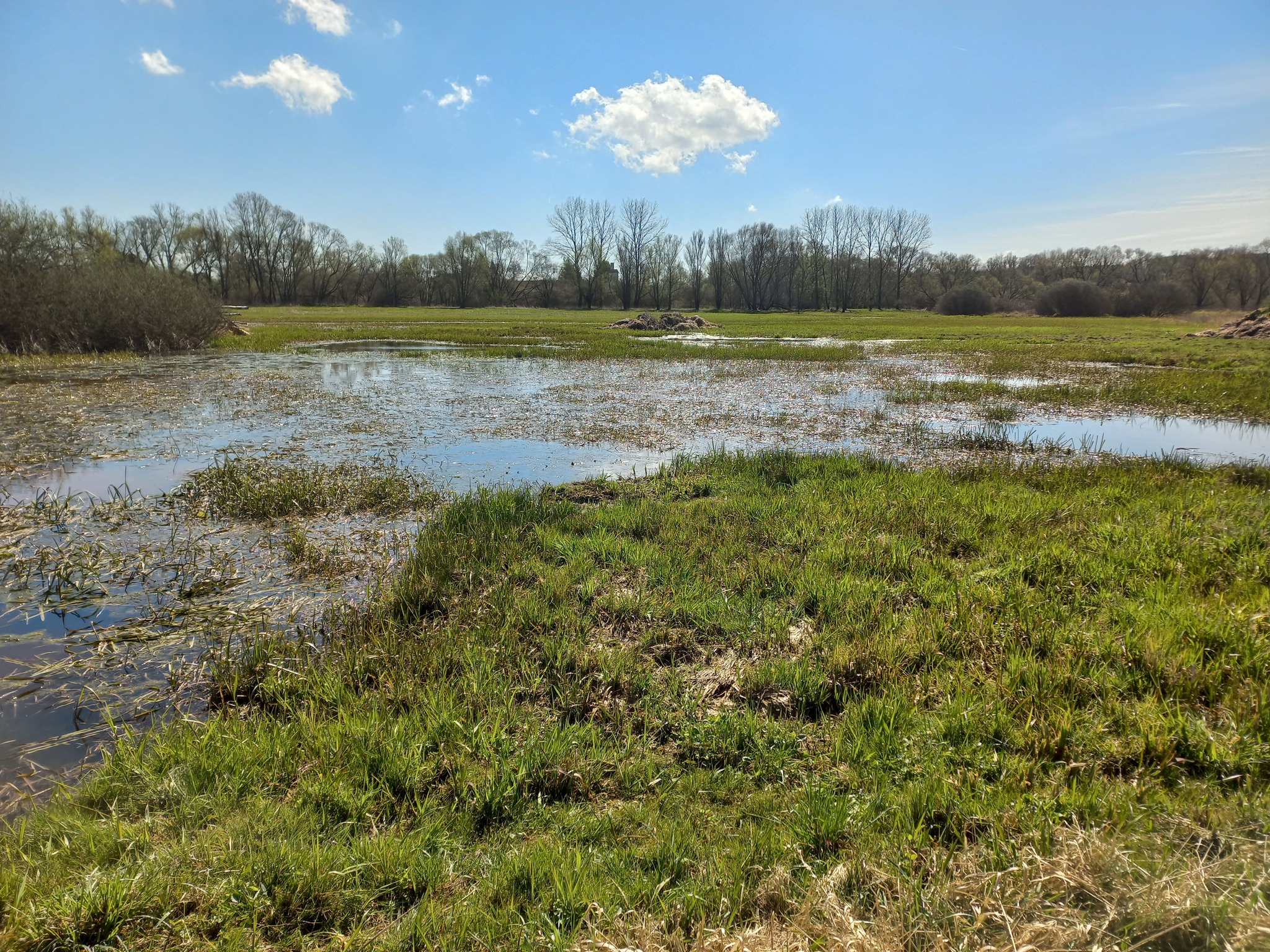 What do they have in common? Both localities are newly established Bird Parks. Both localities will soon be grazed. And at both localities, we plan to establish, in cooperation with the Czech Ornithological Society, permanent plots to monitor the effect of grazing on the restoration of speacies-richer meadow vegetation. We are also impatiently waiting if a joint project will be supported in which we could further broaden our colaboration with the Czech Ornithological Society.
What do they have in common? Both localities are newly established Bird Parks. Both localities will soon be grazed. And at both localities, we plan to establish, in cooperation with the Czech Ornithological Society, permanent plots to monitor the effect of grazing on the restoration of speacies-richer meadow vegetation. We are also impatiently waiting if a joint project will be supported in which we could further broaden our colaboration with the Czech Ornithological Society.
Many thanks to our guides Ondřej Ryška and Martin Bacílek.
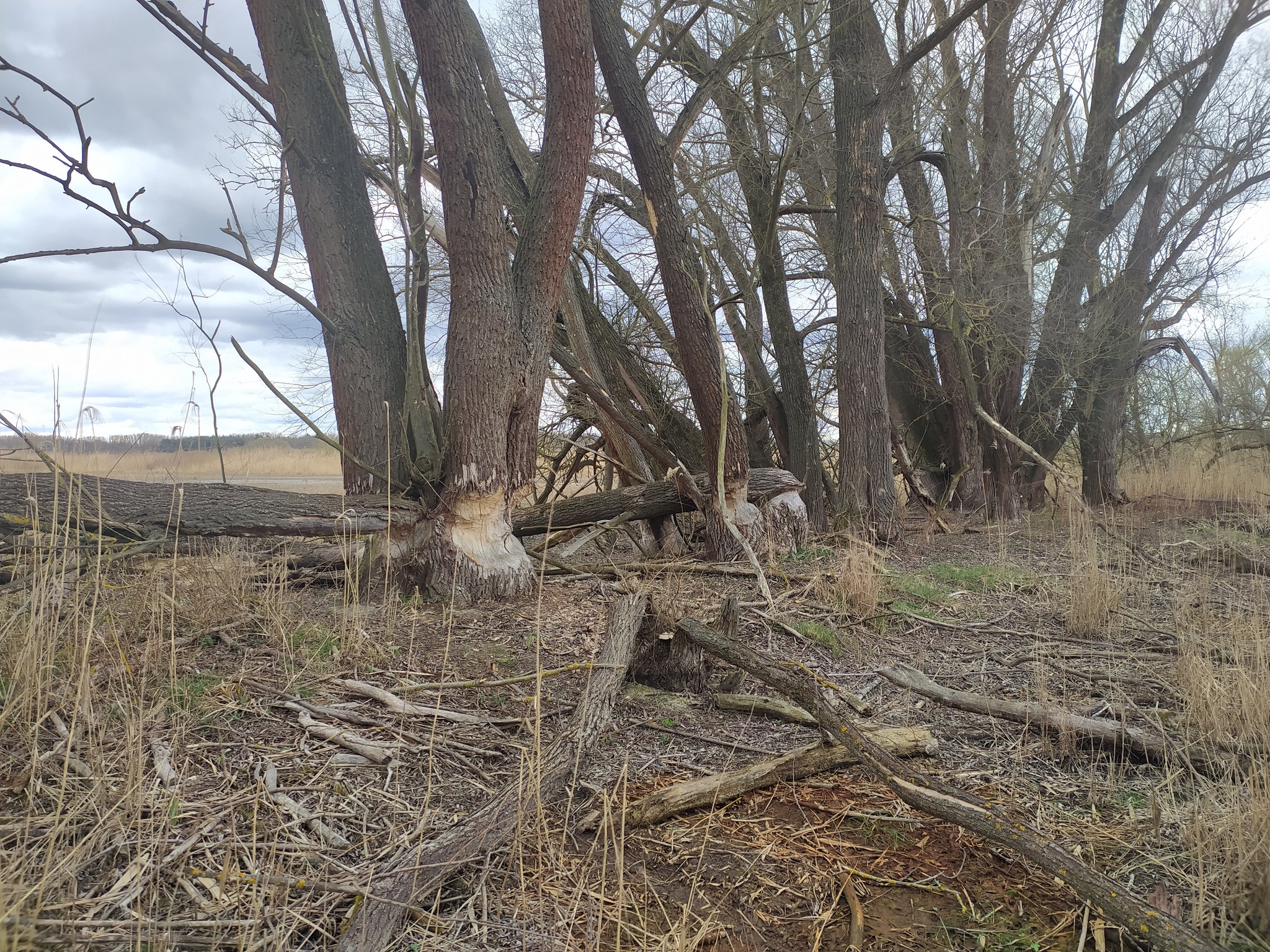
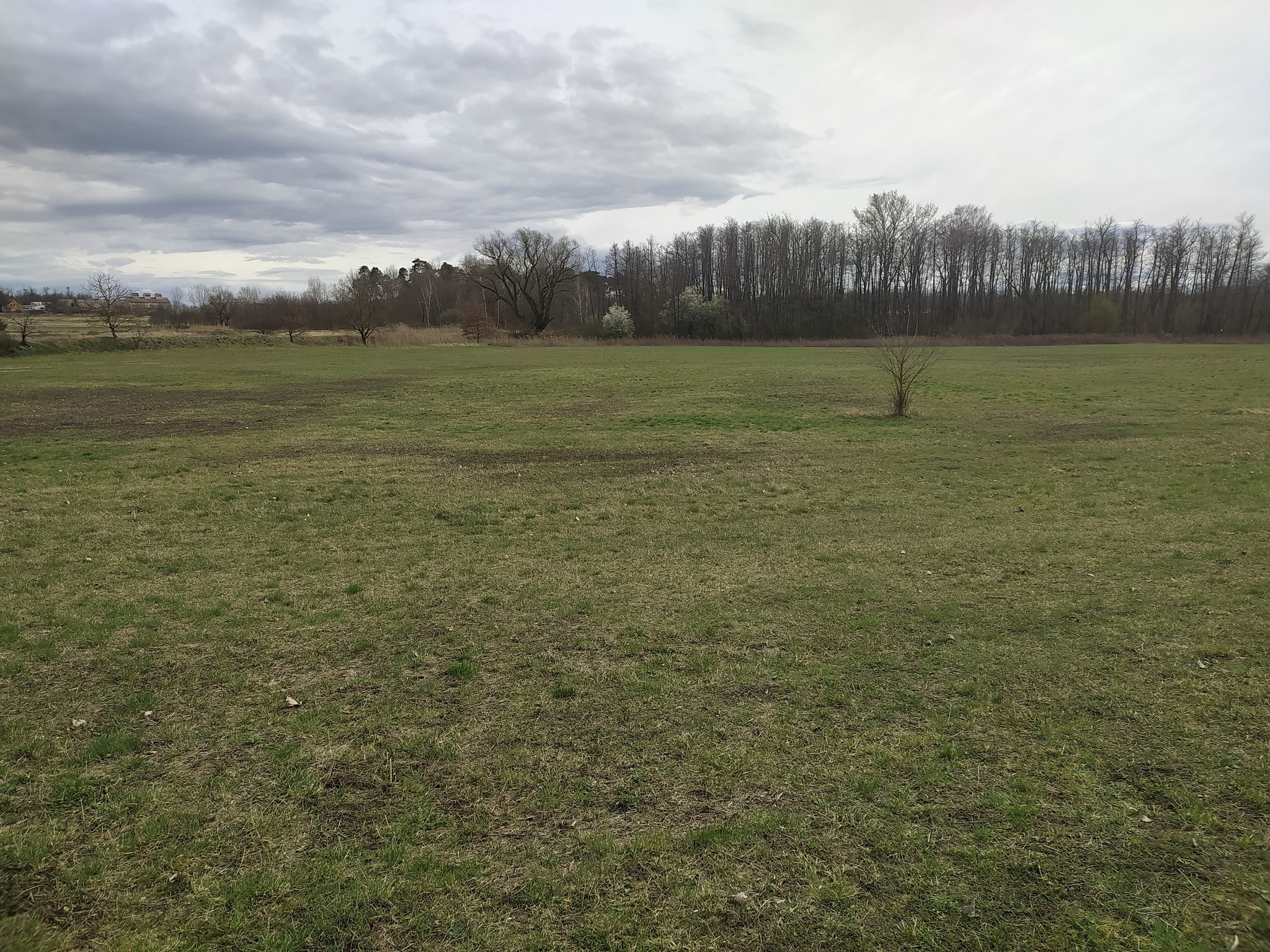
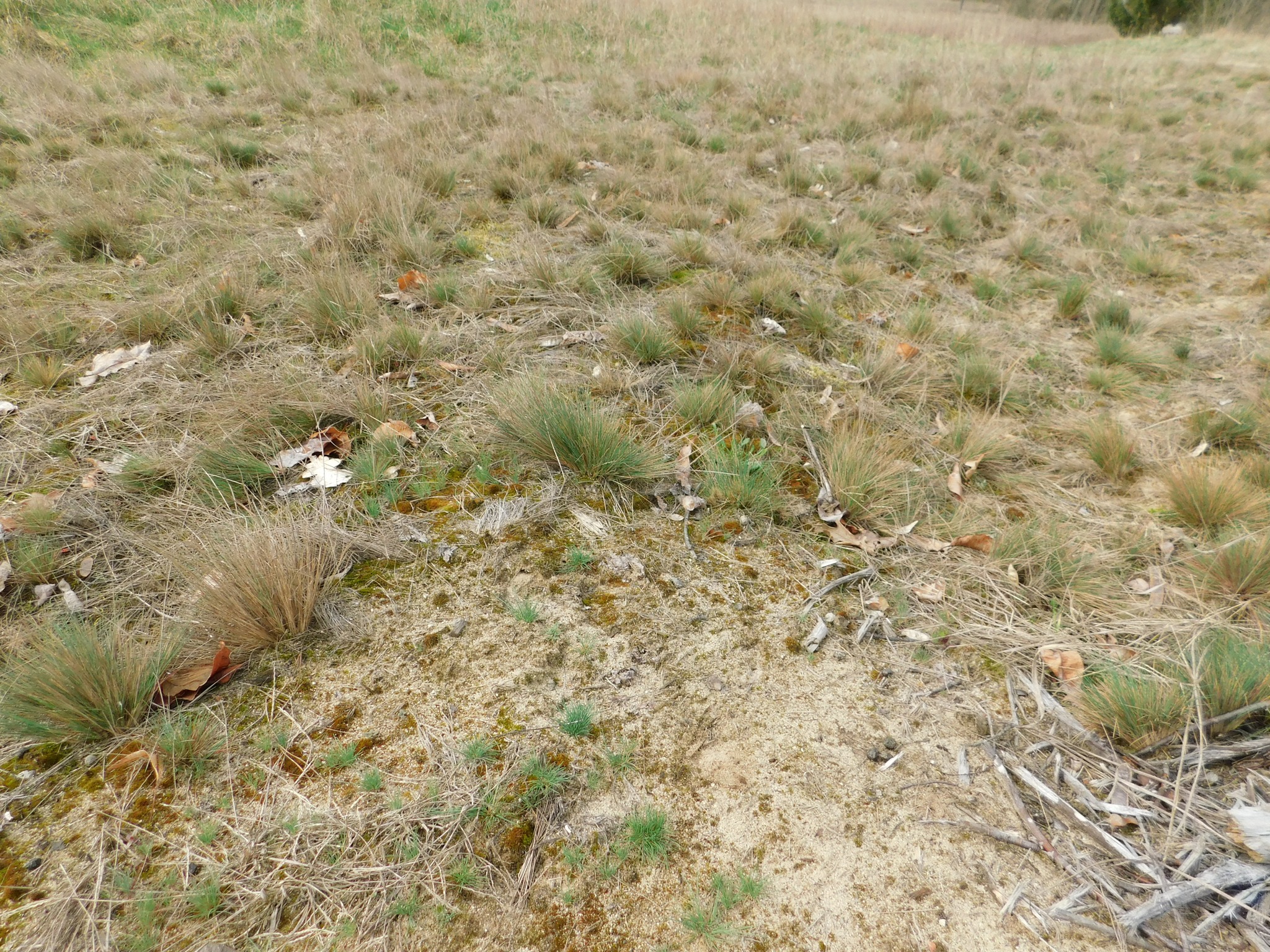
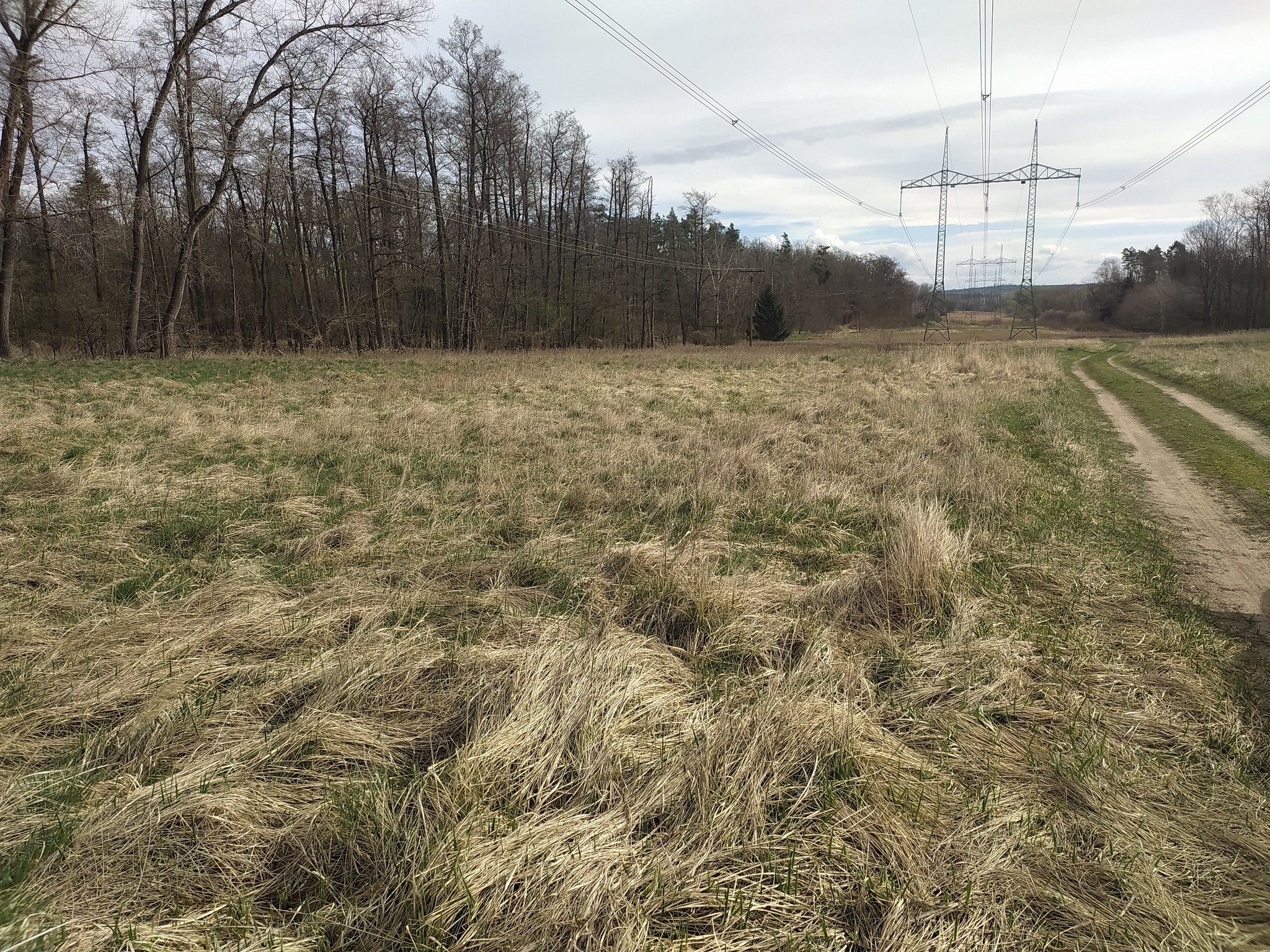
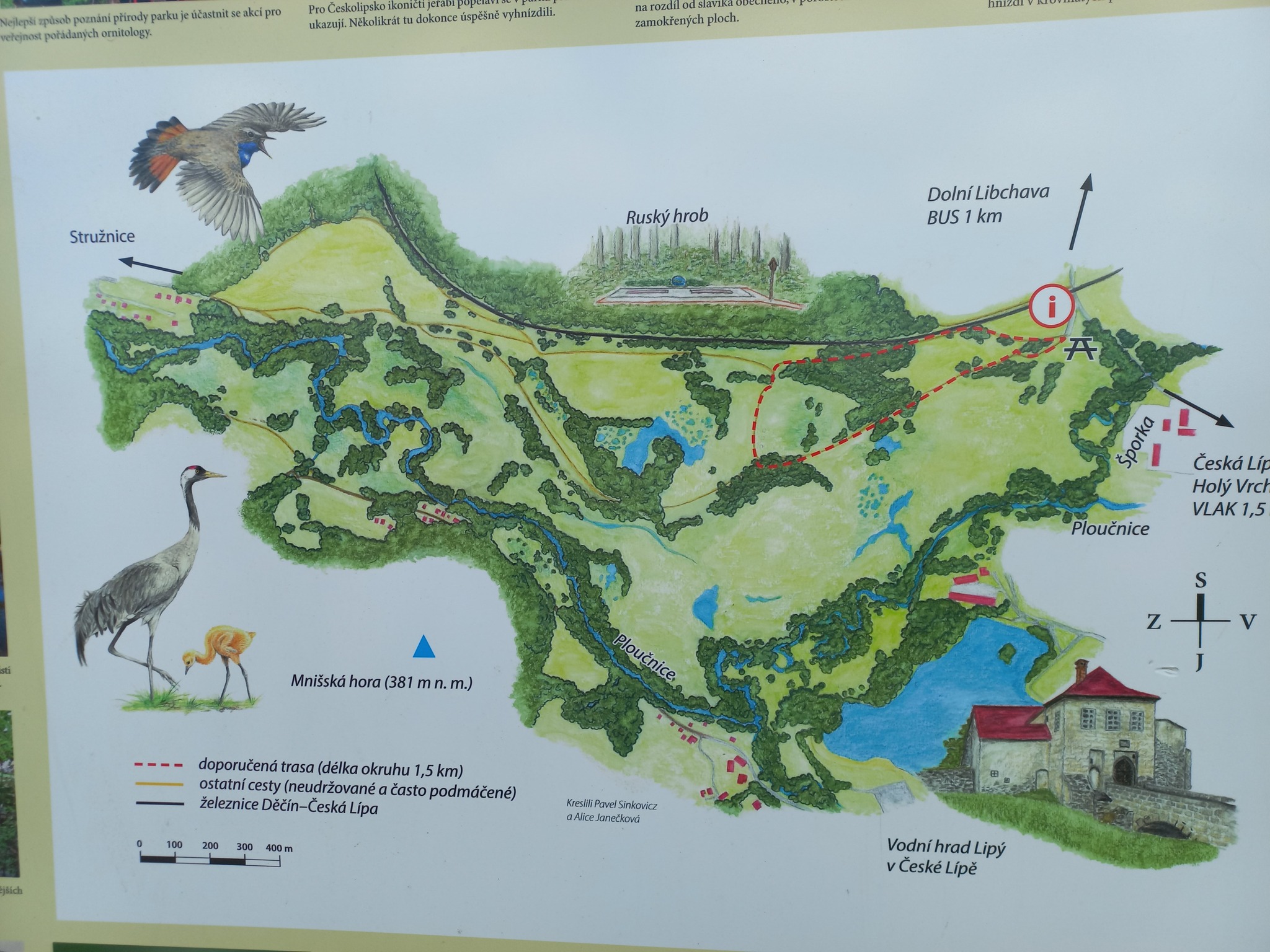
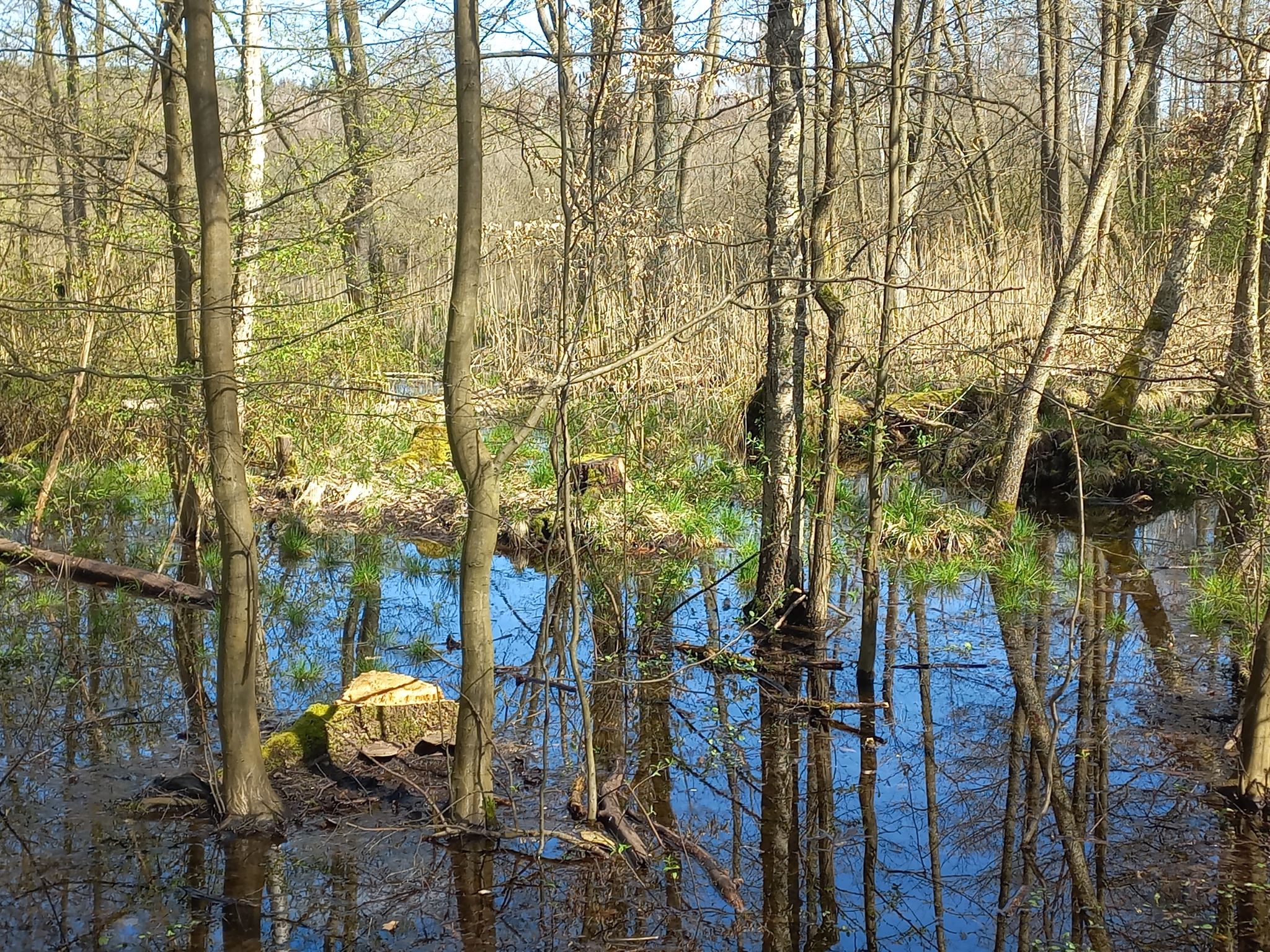
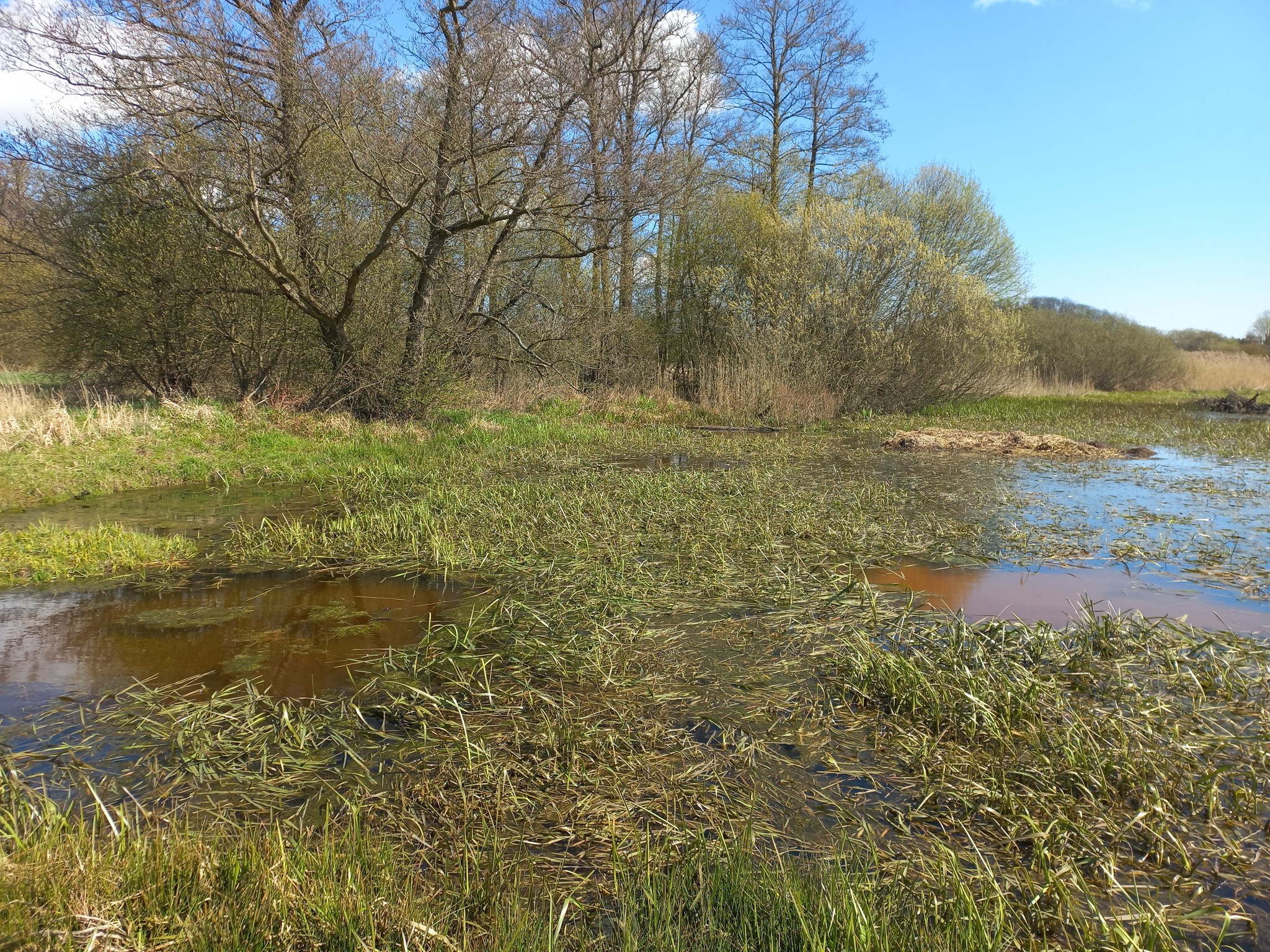
Field work slowly starts
Published on Apr 5, 2023
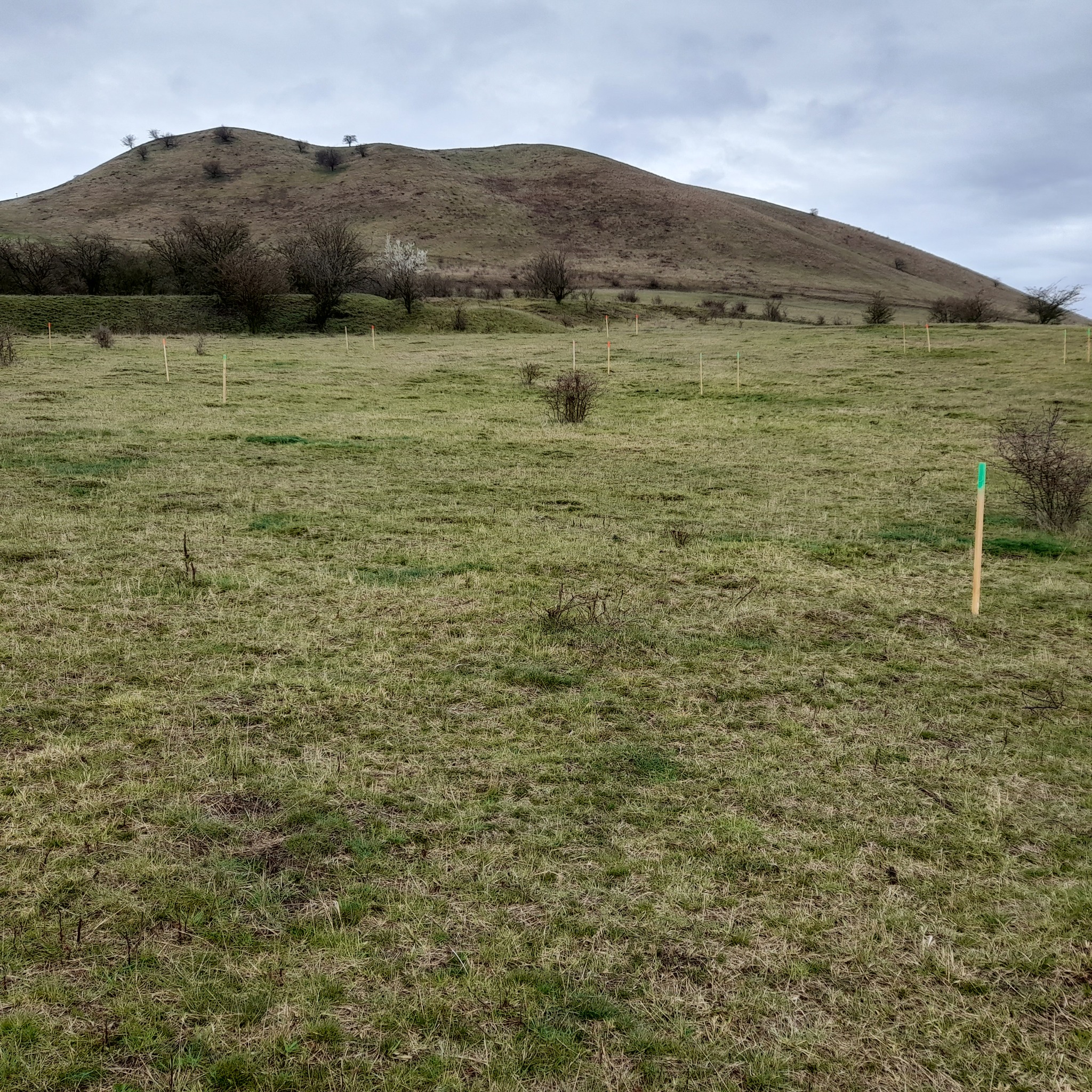 The second year of the project on the development of regional seed mixtures has started, as well as the work in the field. We began with the marking of the donor (i.e. plots where seed biomass will be collected) and receptor plots (e.i. plots where the seed biomass will be sown) in Raná in České Středohoří. The weather was not very good but the flowers of the pheasant's eye (Adonis vernalis) cheered us up. In May, we will find out what grows in the locality. In June, July and August, we will brush the seeds (e.i. collect) and in autumn, we will sow the adjacent field, which we will then monitor for a long time.
The second year of the project on the development of regional seed mixtures has started, as well as the work in the field. We began with the marking of the donor (i.e. plots where seed biomass will be collected) and receptor plots (e.i. plots where the seed biomass will be sown) in Raná in České Středohoří. The weather was not very good but the flowers of the pheasant's eye (Adonis vernalis) cheered us up. In May, we will find out what grows in the locality. In June, July and August, we will brush the seeds (e.i. collect) and in autumn, we will sow the adjacent field, which we will then monitor for a long time.
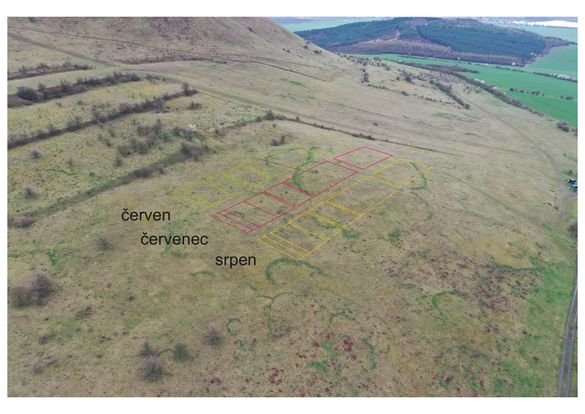
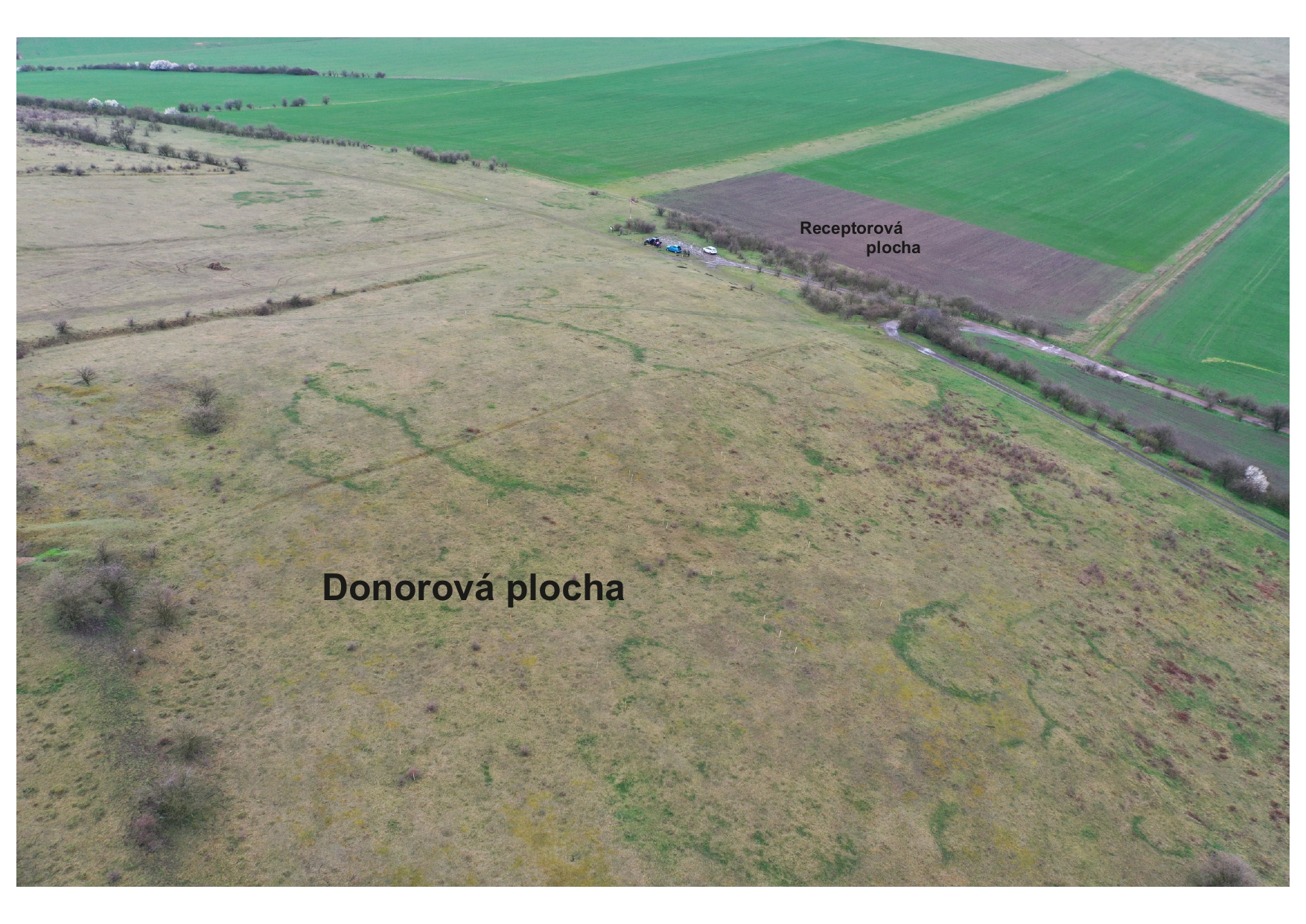
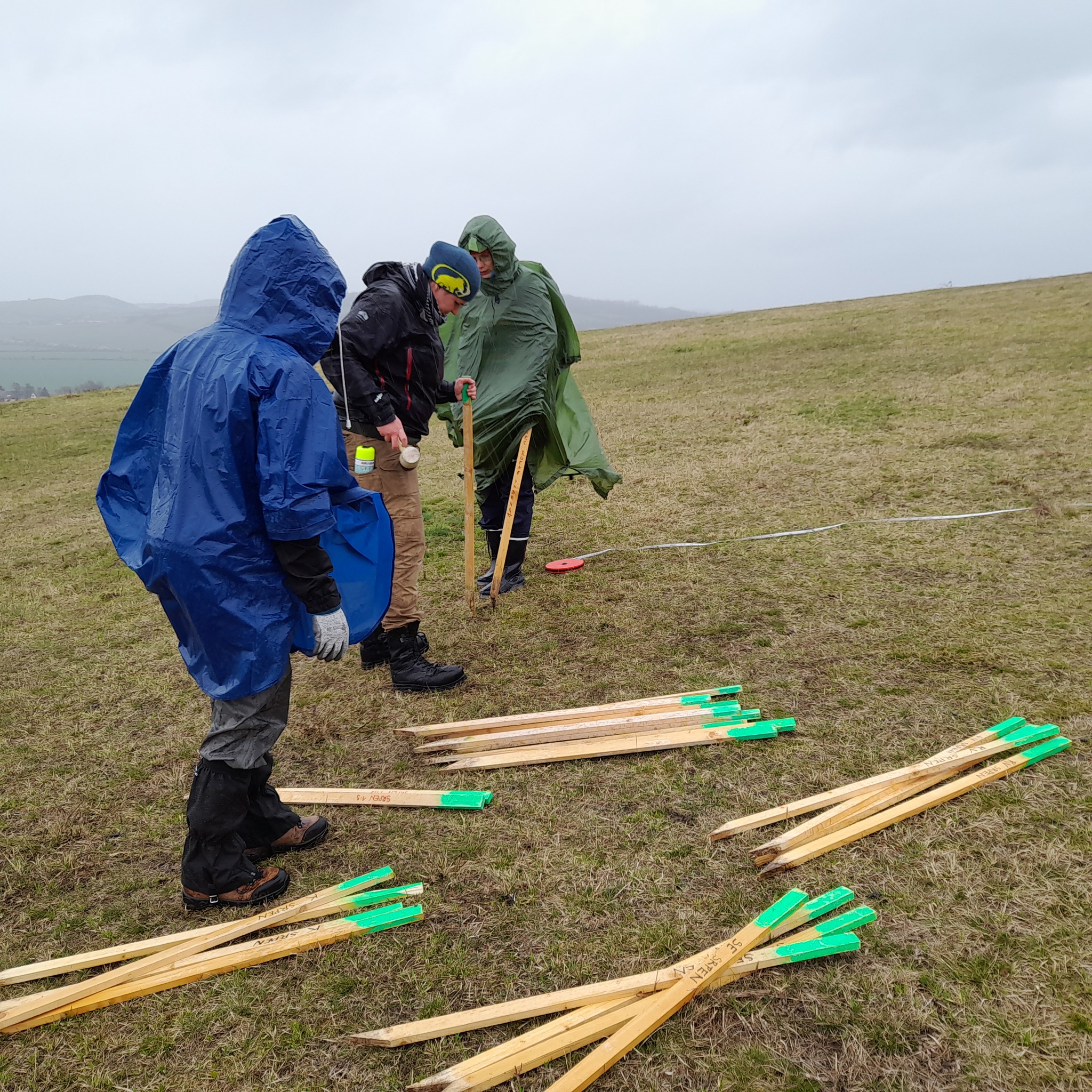
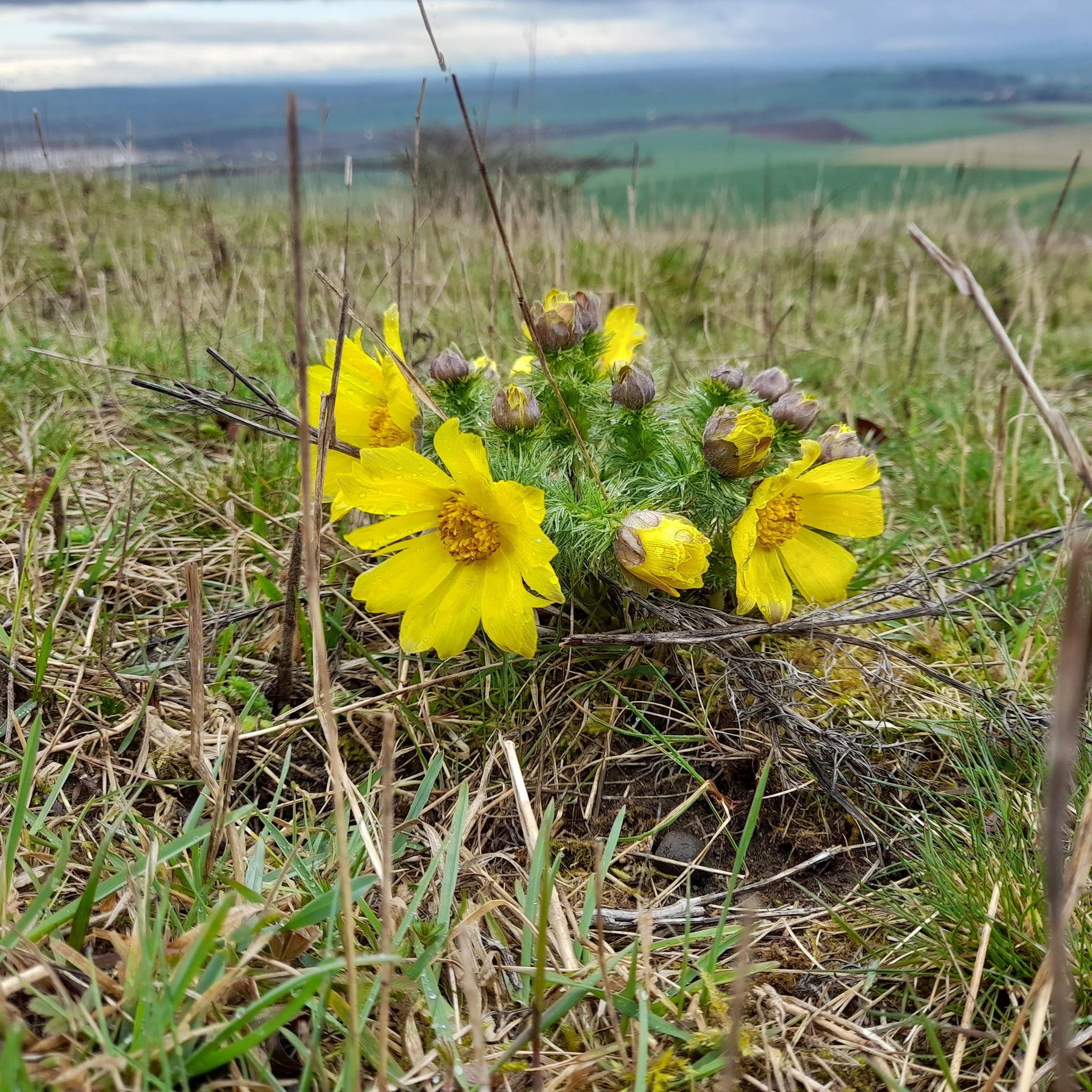

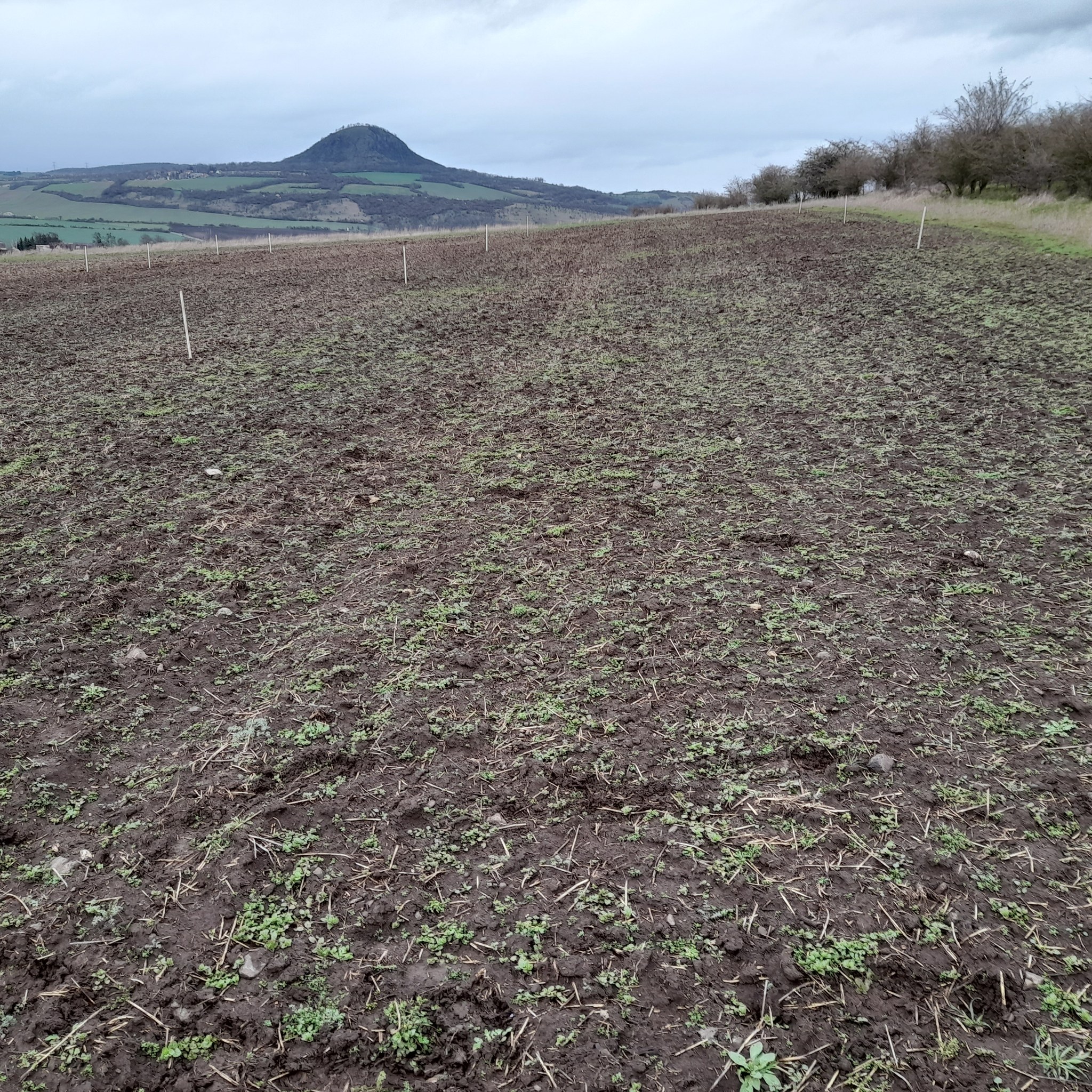
TRAIN#ER project comes to its end
Published on Feb 27, 2023
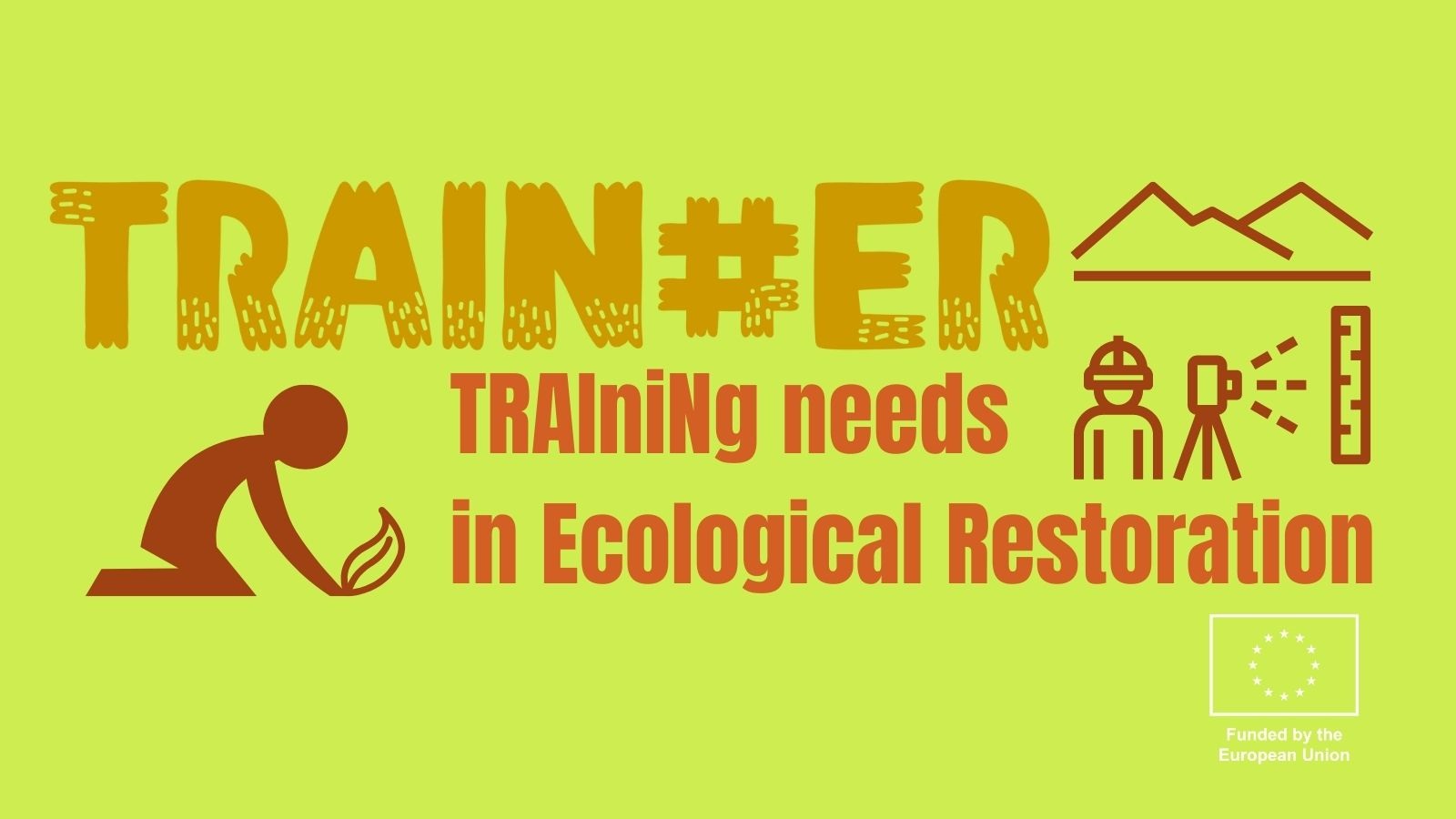 After intense final weeks, ERASMUS+ TRAIN#ER project has completed its results. We greatly thank all participants of the survey and the focus group at the beginning of the project. We now invite you to take a look at the project outcomes:
After intense final weeks, ERASMUS+ TRAIN#ER project has completed its results. We greatly thank all participants of the survey and the focus group at the beginning of the project. We now invite you to take a look at the project outcomes:
https://chapter.ser.org/europe/trainer
We are currently evaluating the possibility to organise a webinar and to set up a common database of training opportunities at different professional levels across Europe. We will keep you informed on these.
Opinion about Principles and Standards for mine restoration (Young et al. 2022)
Published on Feb 15, 2023
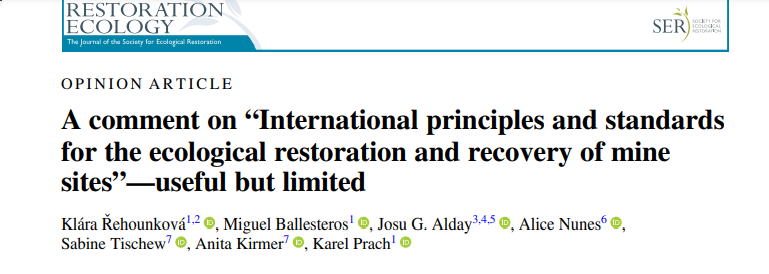 We have made a comment stating our opinion about the recently published Principles and Standards by Young et al. (2022) which provides an international framework for ecological restoration of mine sites. Although useful, we identified some limitations for practice, especially in Europe. For more details, please read:
We have made a comment stating our opinion about the recently published Principles and Standards by Young et al. (2022) which provides an international framework for ecological restoration of mine sites. Although useful, we identified some limitations for practice, especially in Europe. For more details, please read:
Řehounková, K., Ballesteros, M., Alday, J.G., Nunes, A., Tischew, S., Kirmer, A. and Prach, K. (2023), A comment on “International principles and standards for the ecological restoration and recovery of mine sites”—useful but limited. Restor Ecol e13872. https://doi.org/10.1111/rec.
Sowing of regional seed mixture
Published on Oct 24, 2022
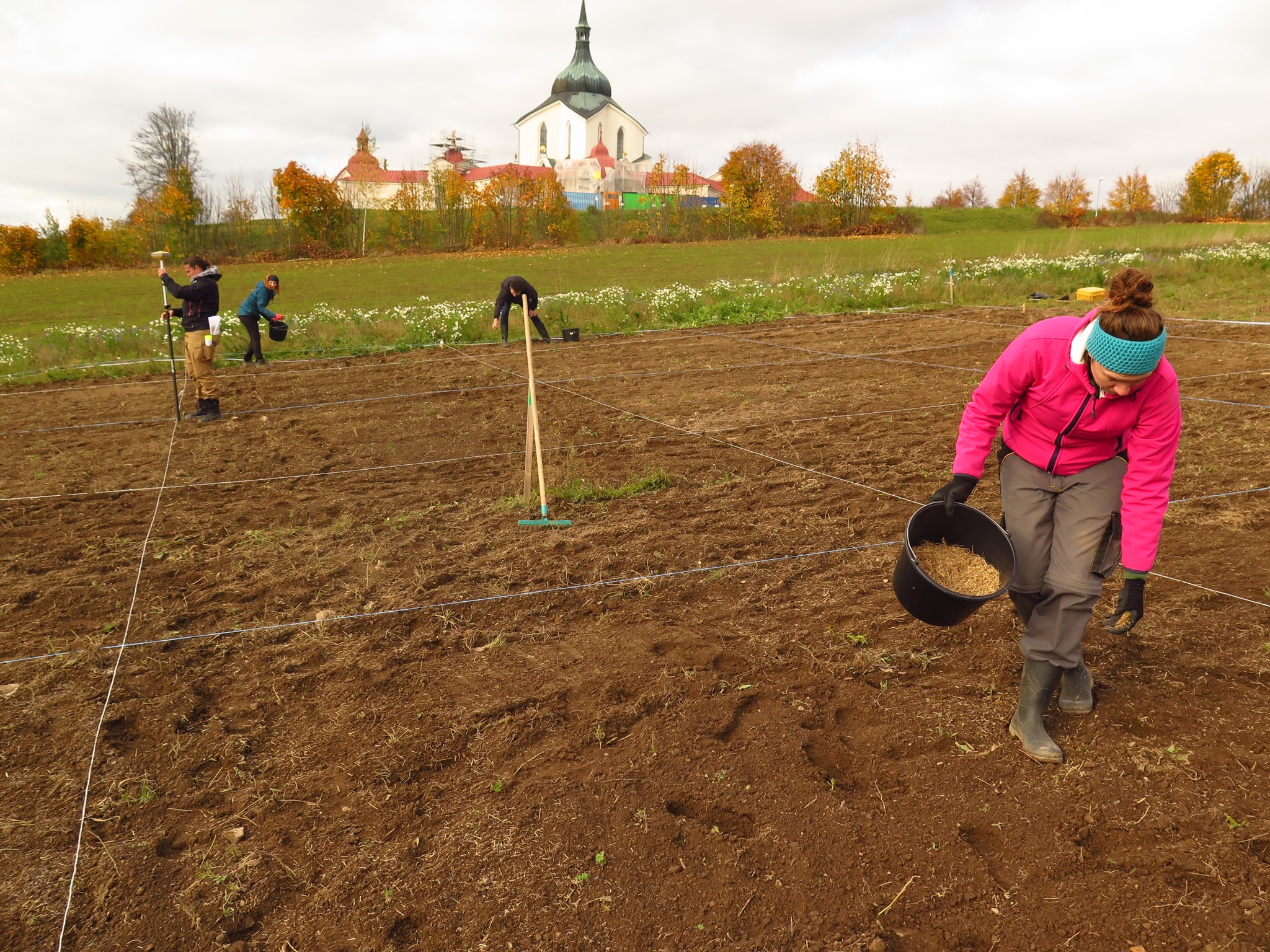 Autumn is a perfect time for seed sowing, or regional seed biomass in our case, which was obtained by brushing suitable preserved dry grassland stands. We have established an experimental site where green hay was transferred earlier in the vegetation season. Now, part of the site was also sown with regional seed biomass. We are interested in the differences in the establishment and species composition in relation to the brushing time. Fieldwork is not over yet !!
Autumn is a perfect time for seed sowing, or regional seed biomass in our case, which was obtained by brushing suitable preserved dry grassland stands. We have established an experimental site where green hay was transferred earlier in the vegetation season. Now, part of the site was also sown with regional seed biomass. We are interested in the differences in the establishment and species composition in relation to the brushing time. Fieldwork is not over yet !!
This project is financed by EEA and Norway funds.
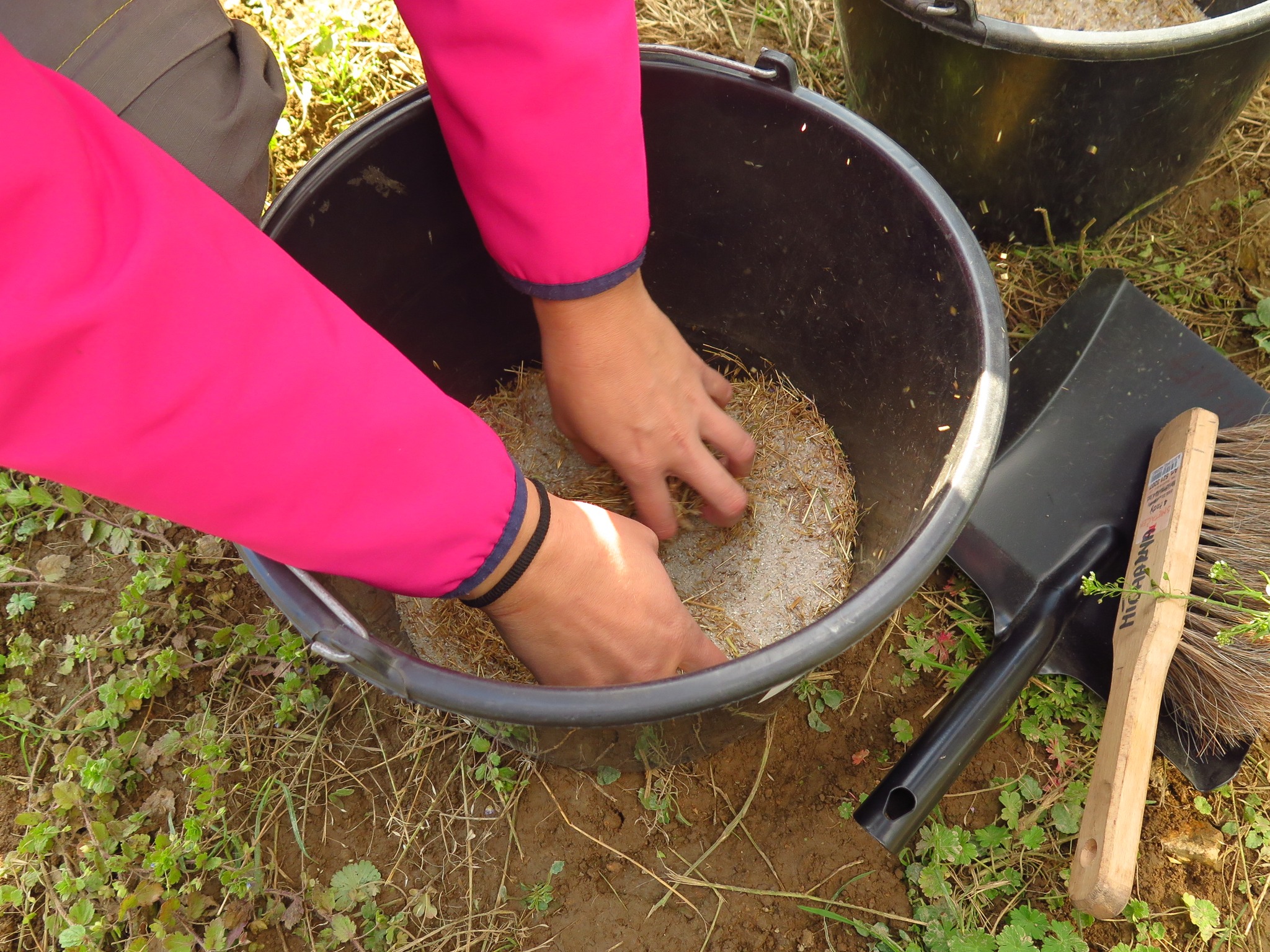
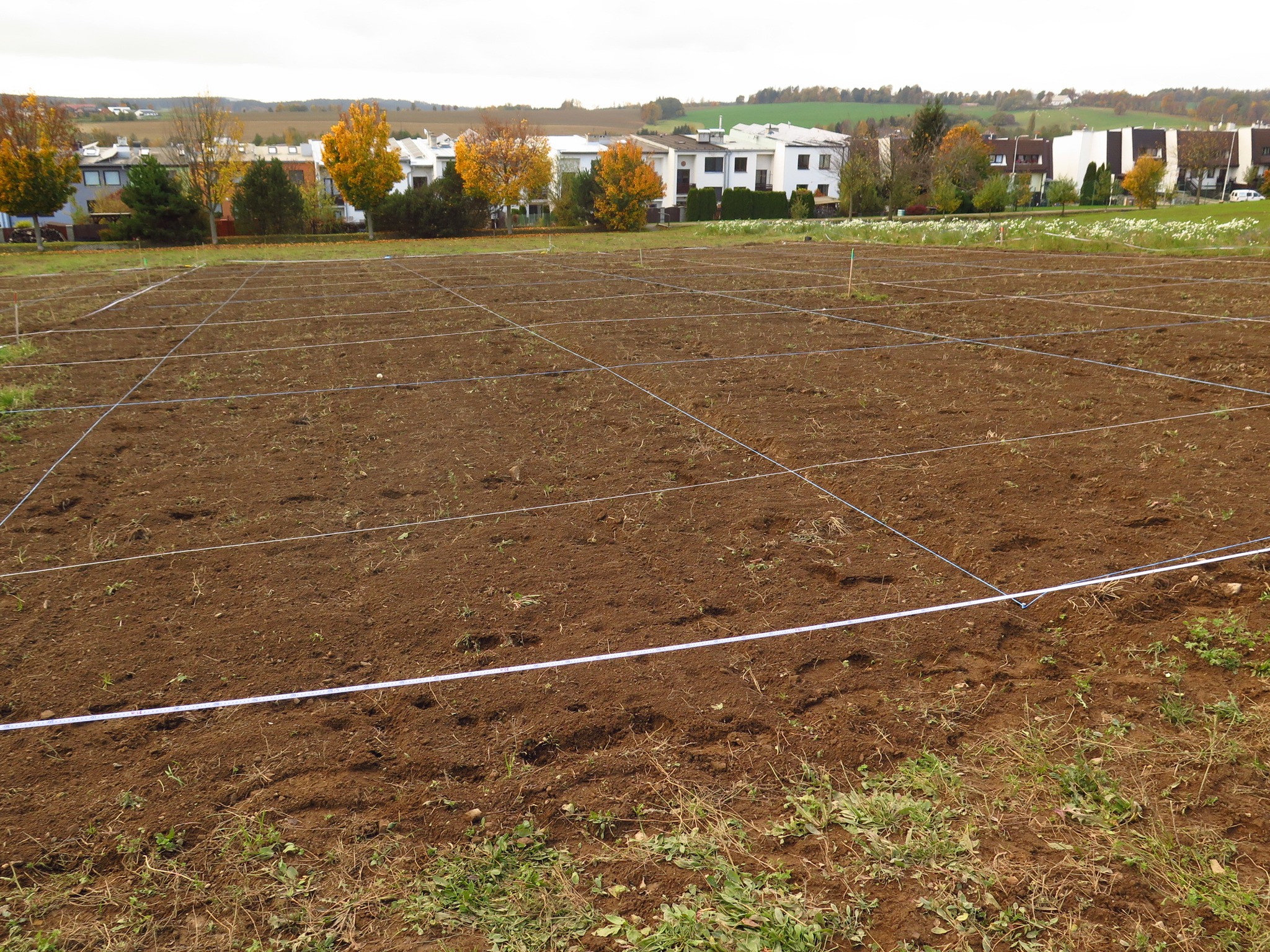

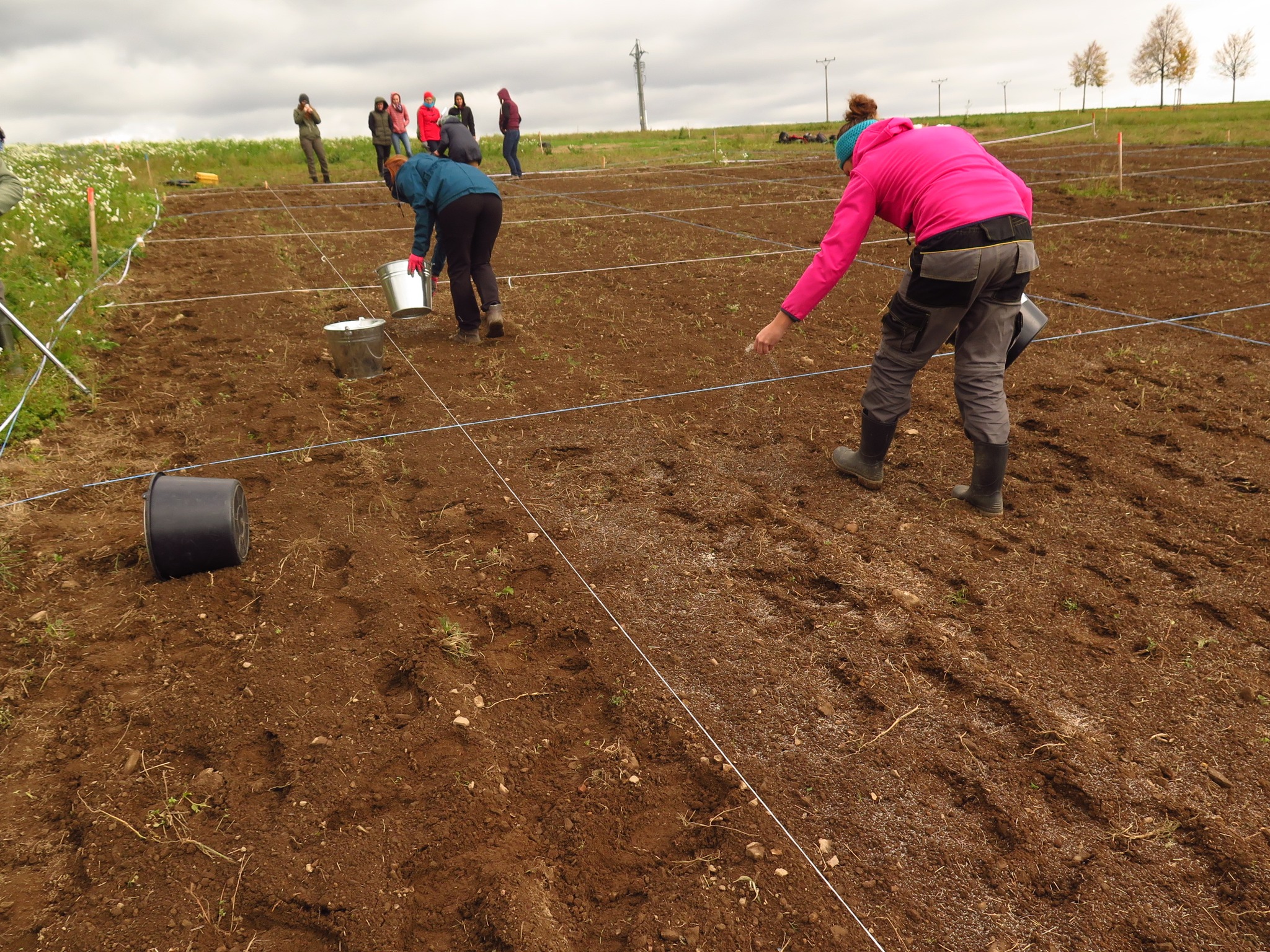
International workshop within the TRAIN#ER project
Published on Oct 10, 2022
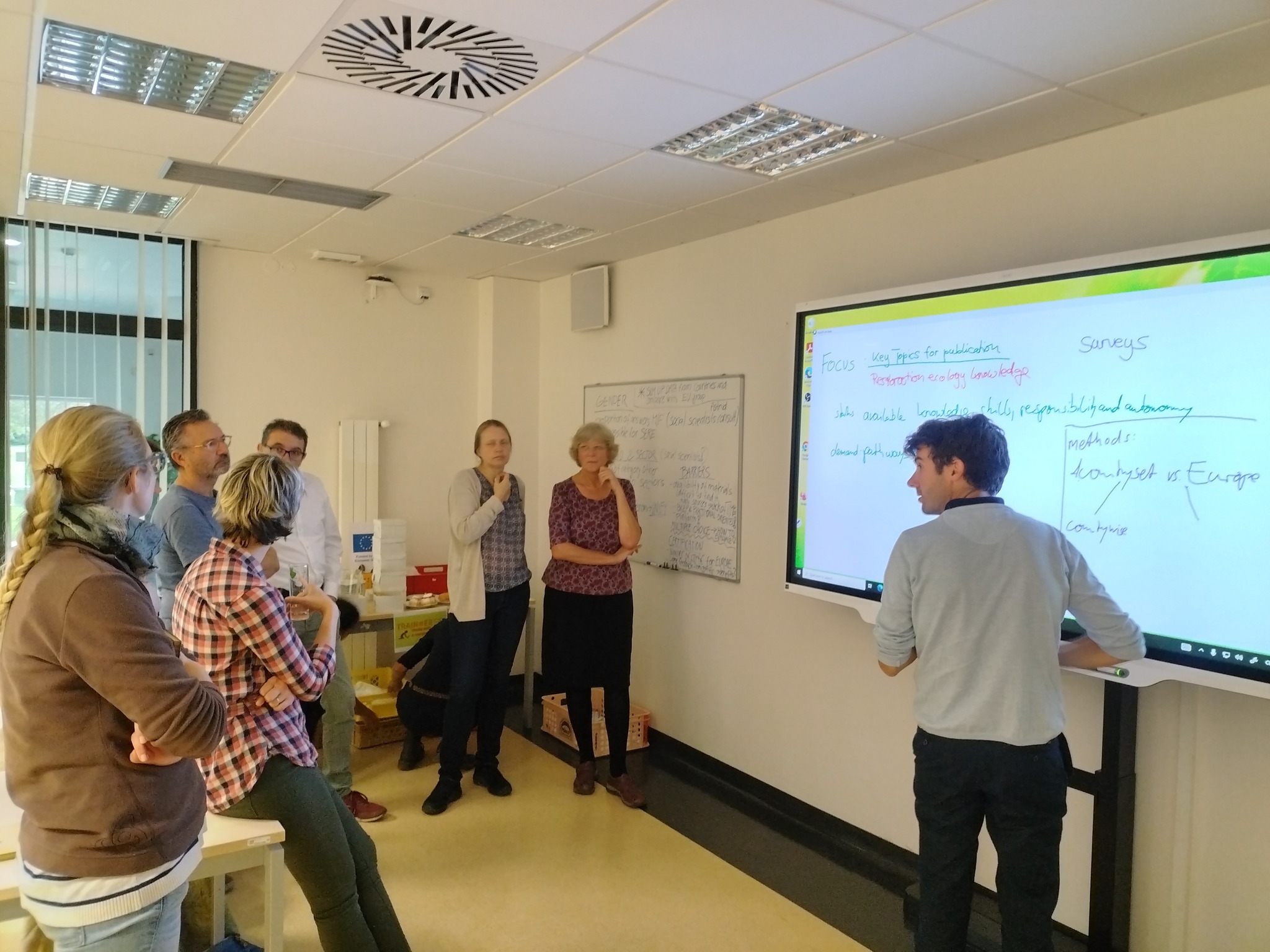 At the end of September, Knowledge Exchange Workshop took place in České Budějovice. During the very busy two days, we managed to discuss the state of knowledge in the field of ecological restoration in individual countries, summarize the results of surveys and propose recommendations on how to better disseminate the knowledge of ecological restoration among schools and practitioners. In addition, we showed the participants examples of ecological restoration in the urban environment and enjoyed quite fun.
At the end of September, Knowledge Exchange Workshop took place in České Budějovice. During the very busy two days, we managed to discuss the state of knowledge in the field of ecological restoration in individual countries, summarize the results of surveys and propose recommendations on how to better disseminate the knowledge of ecological restoration among schools and practitioners. In addition, we showed the participants examples of ecological restoration in the urban environment and enjoyed quite fun.
The TRAIN#ER project is funded by the European Union.
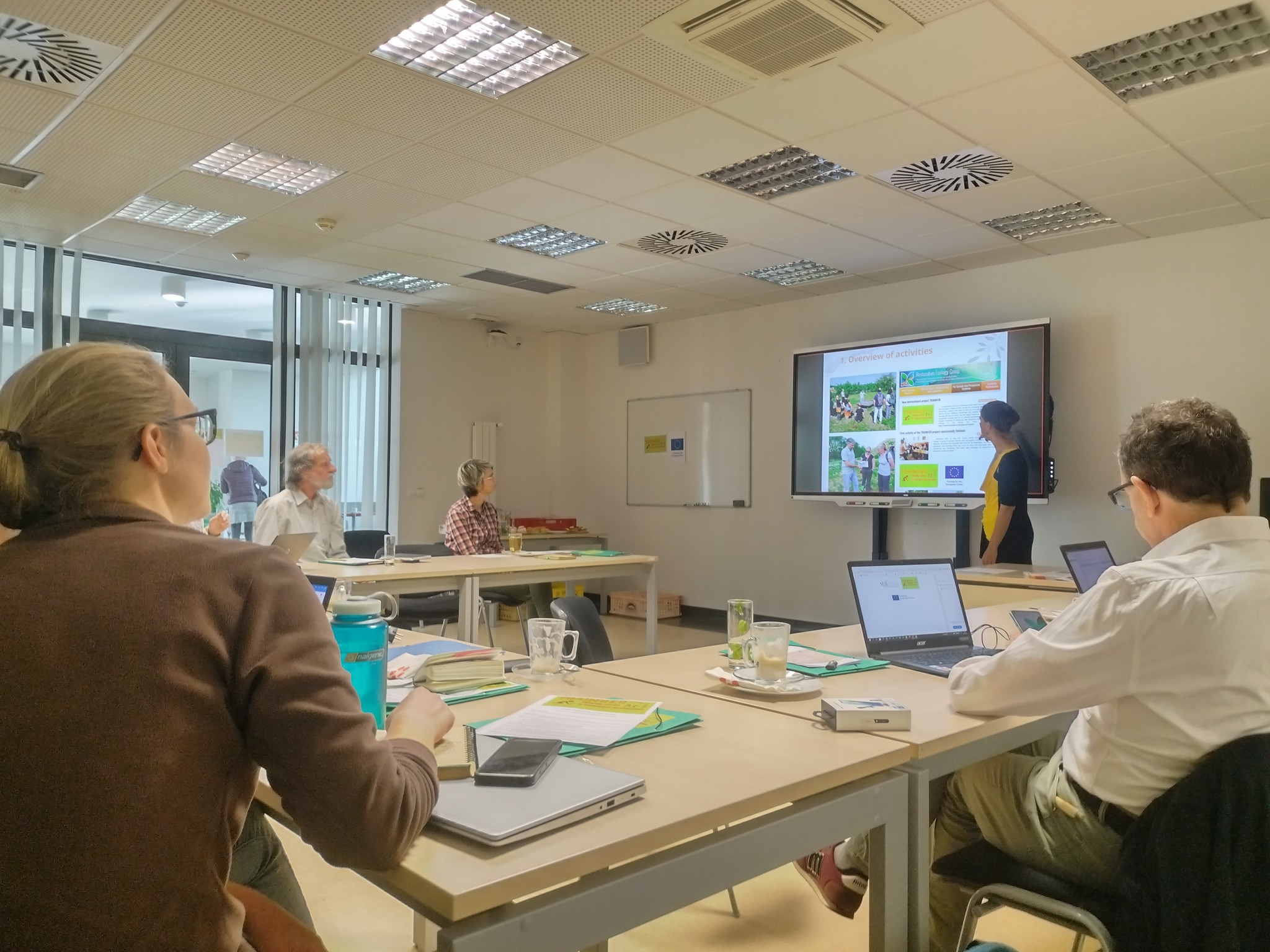
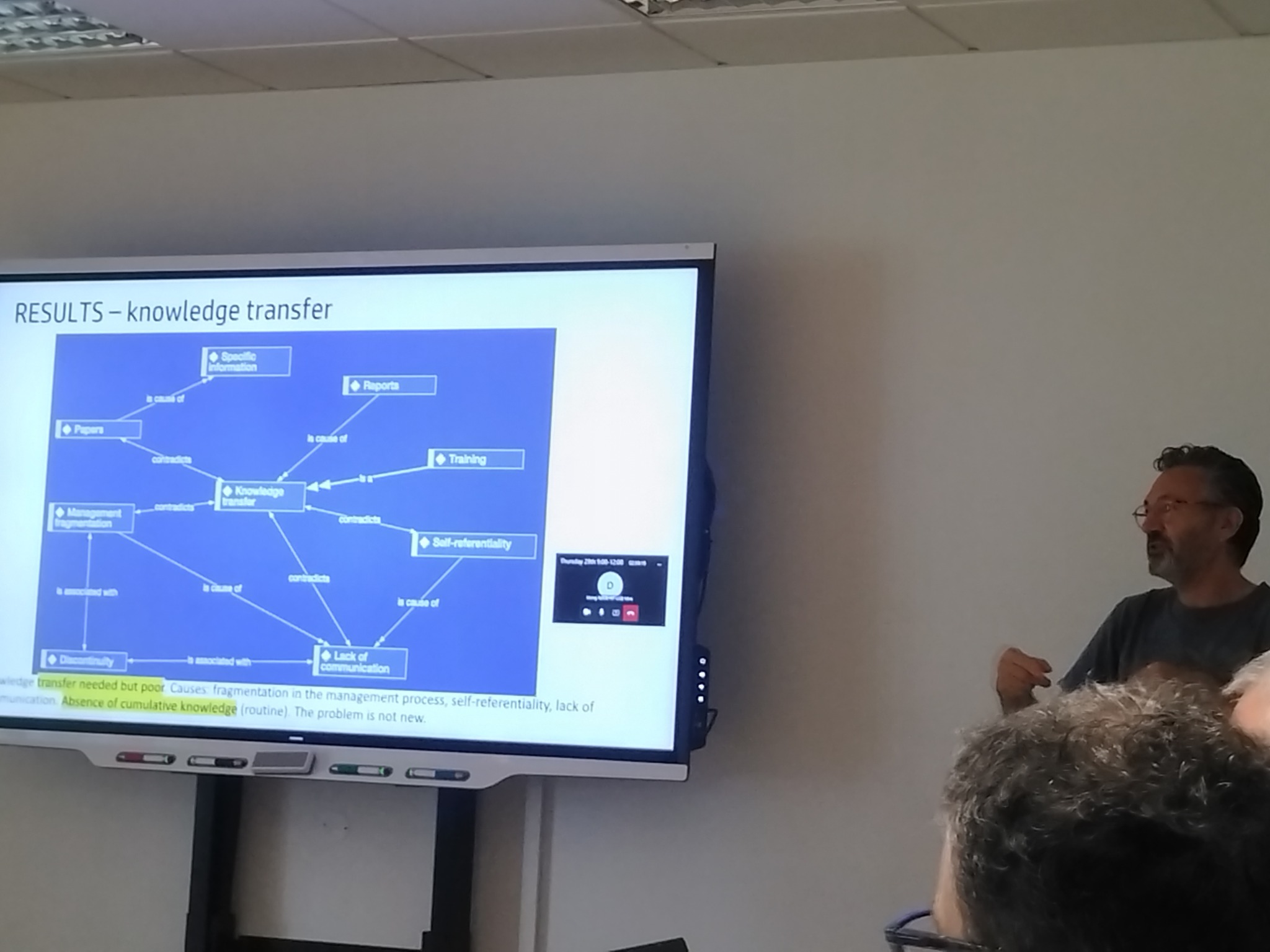
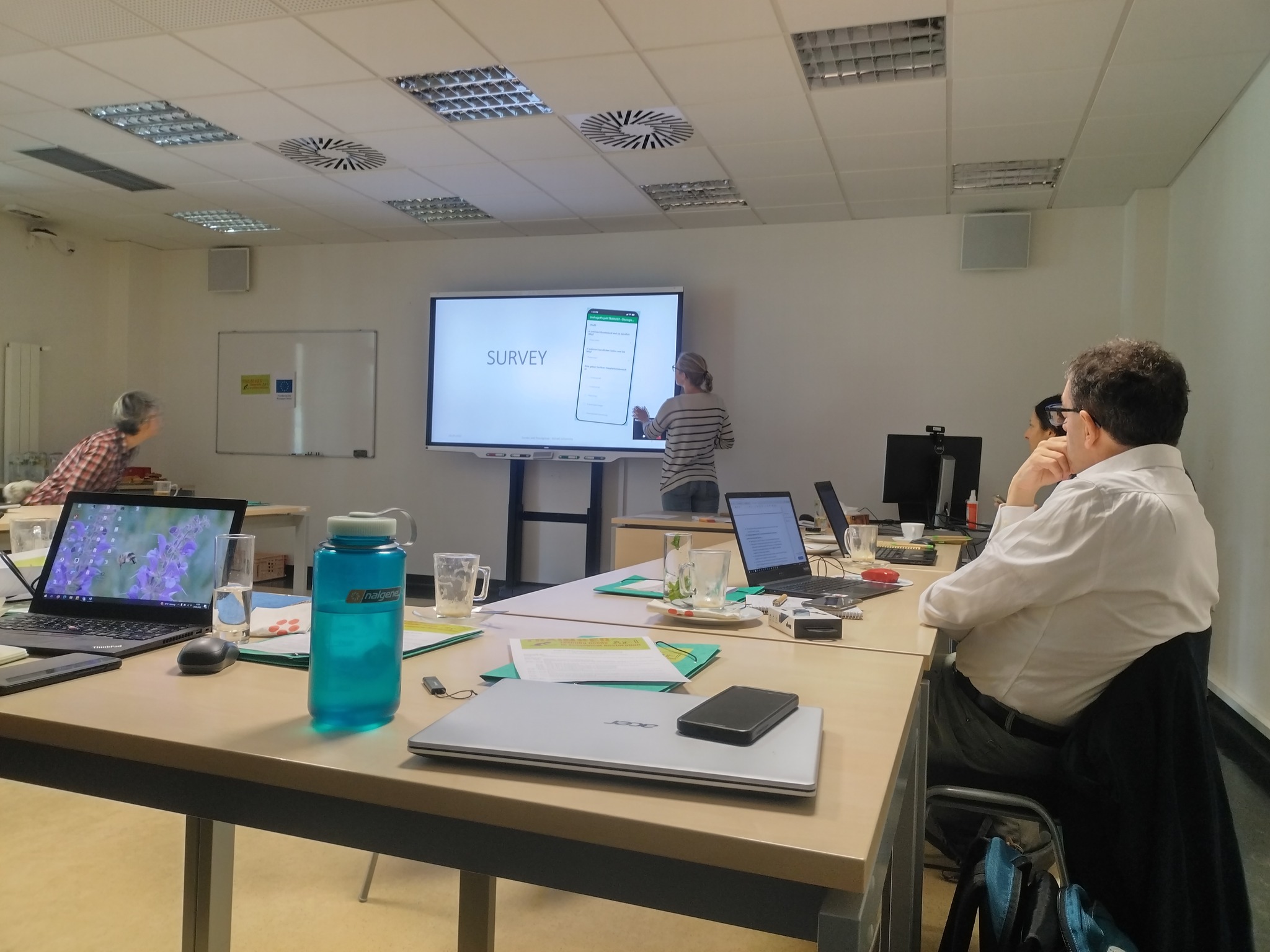
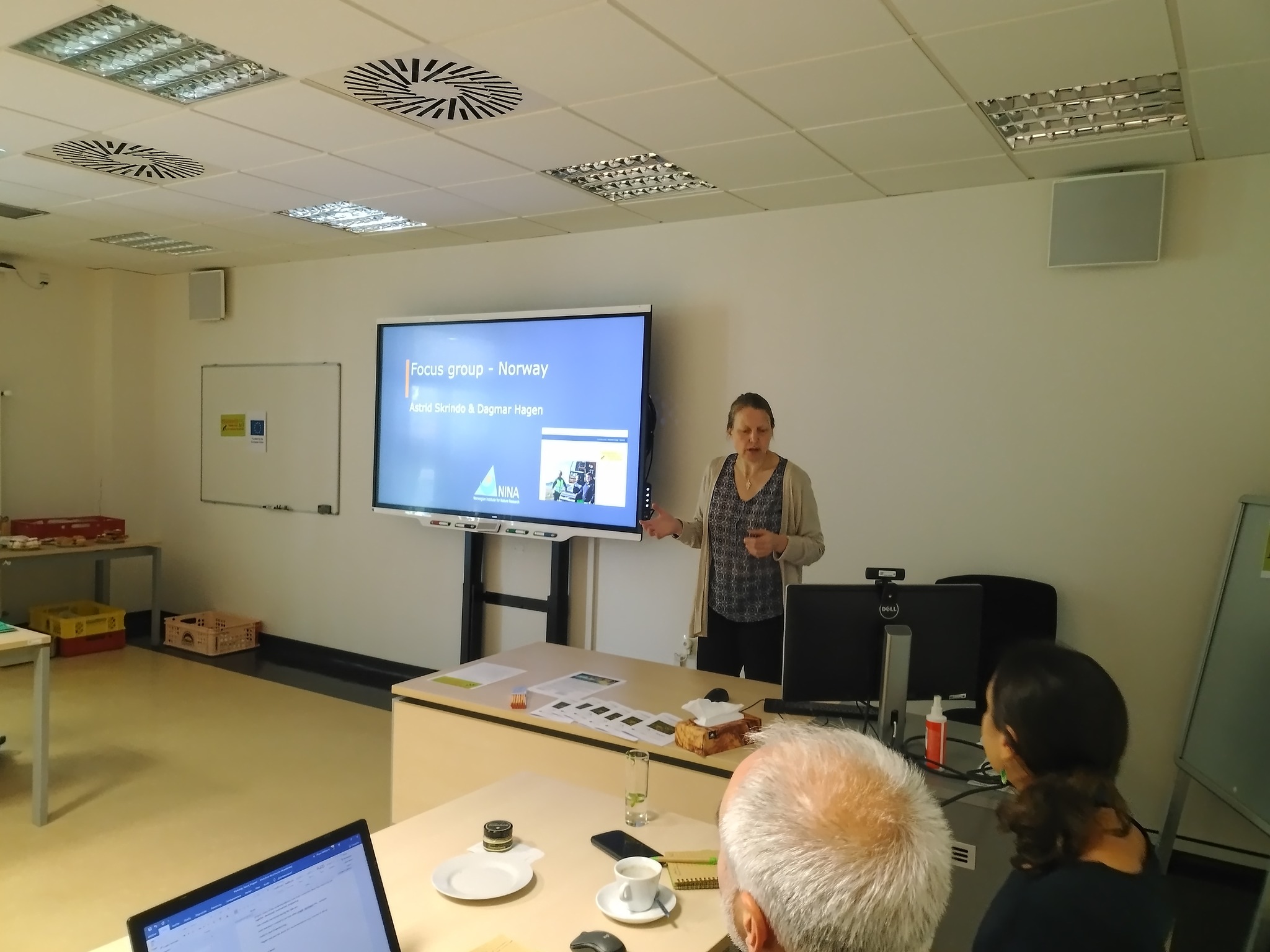
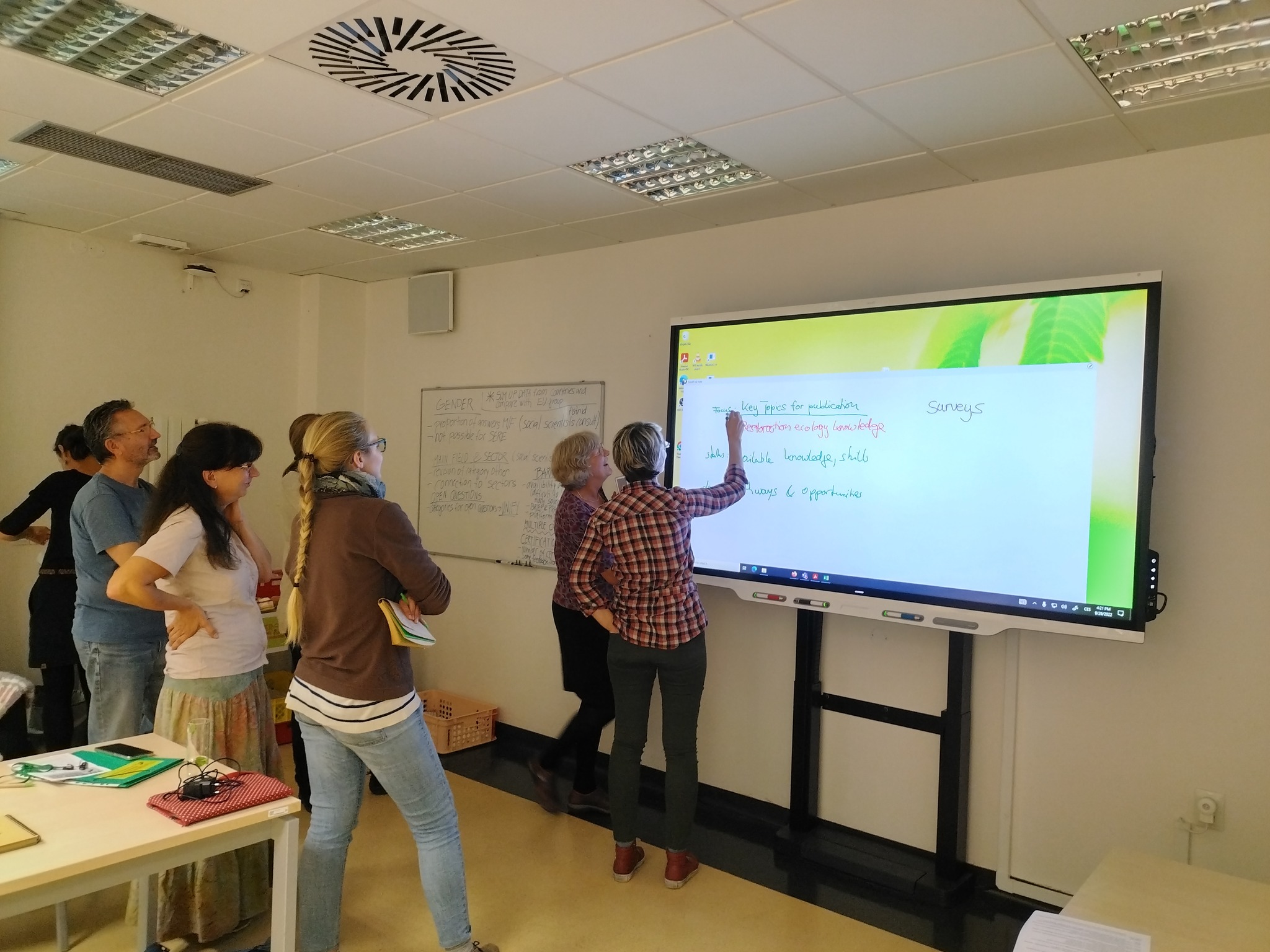
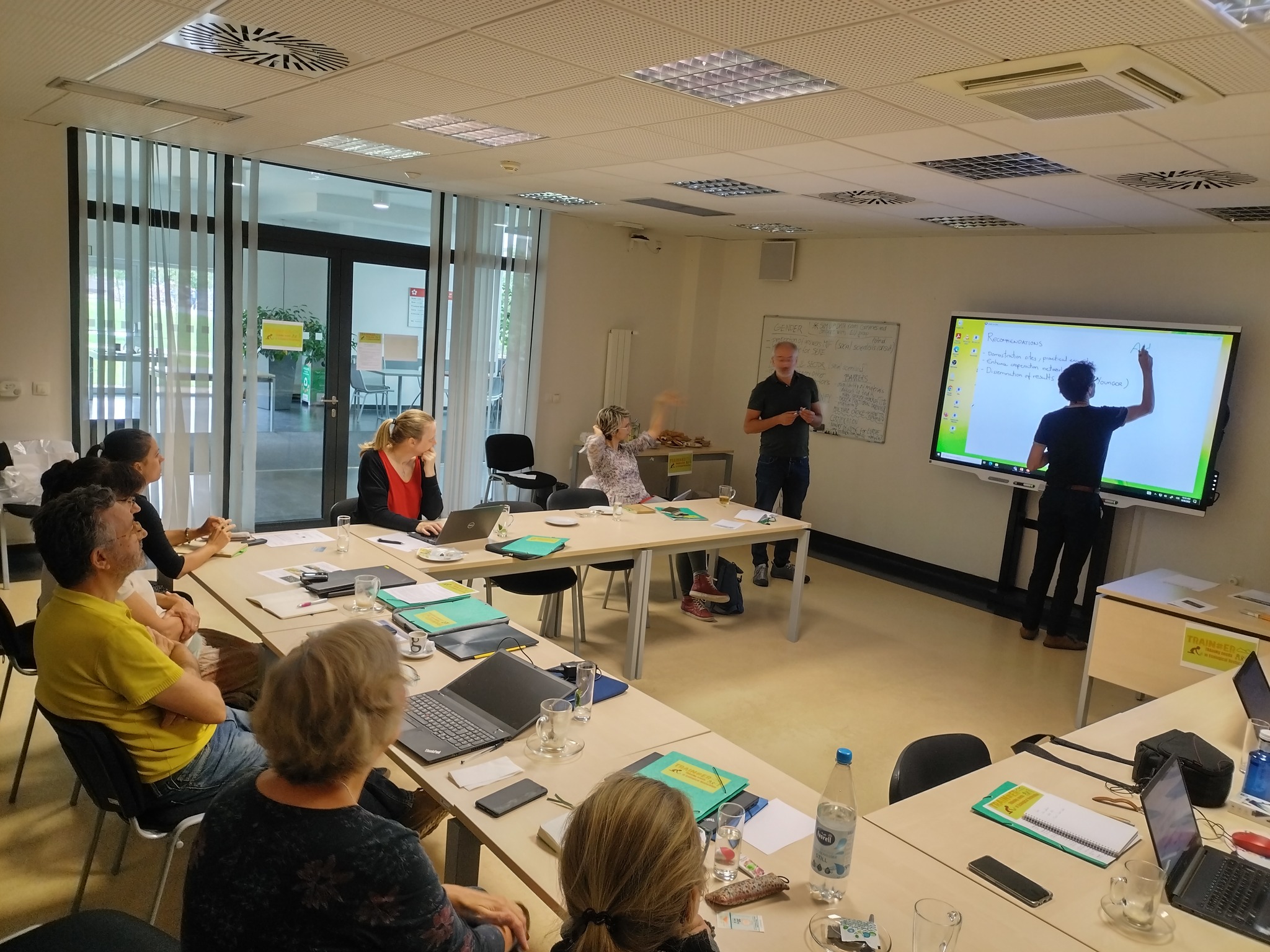
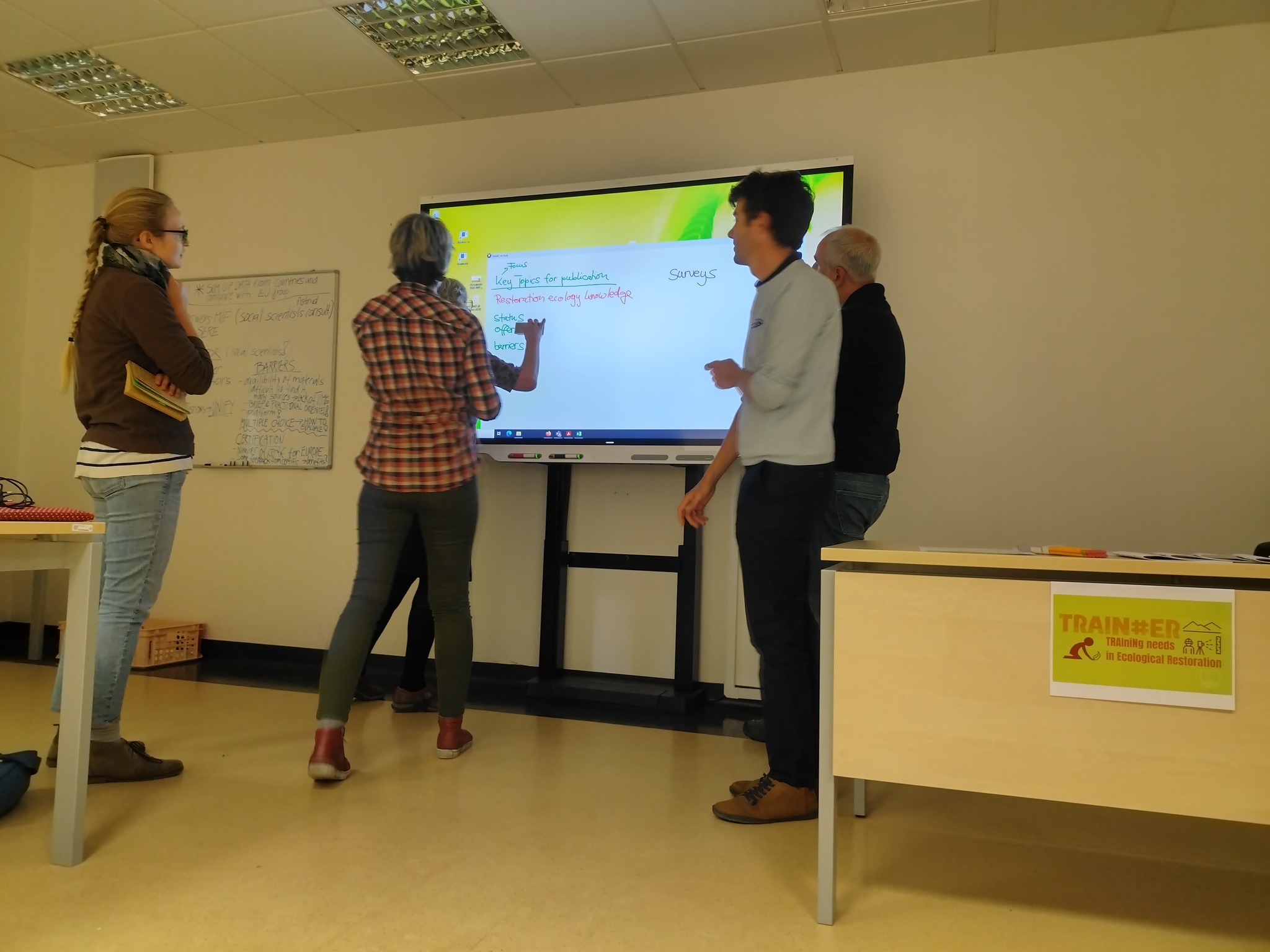
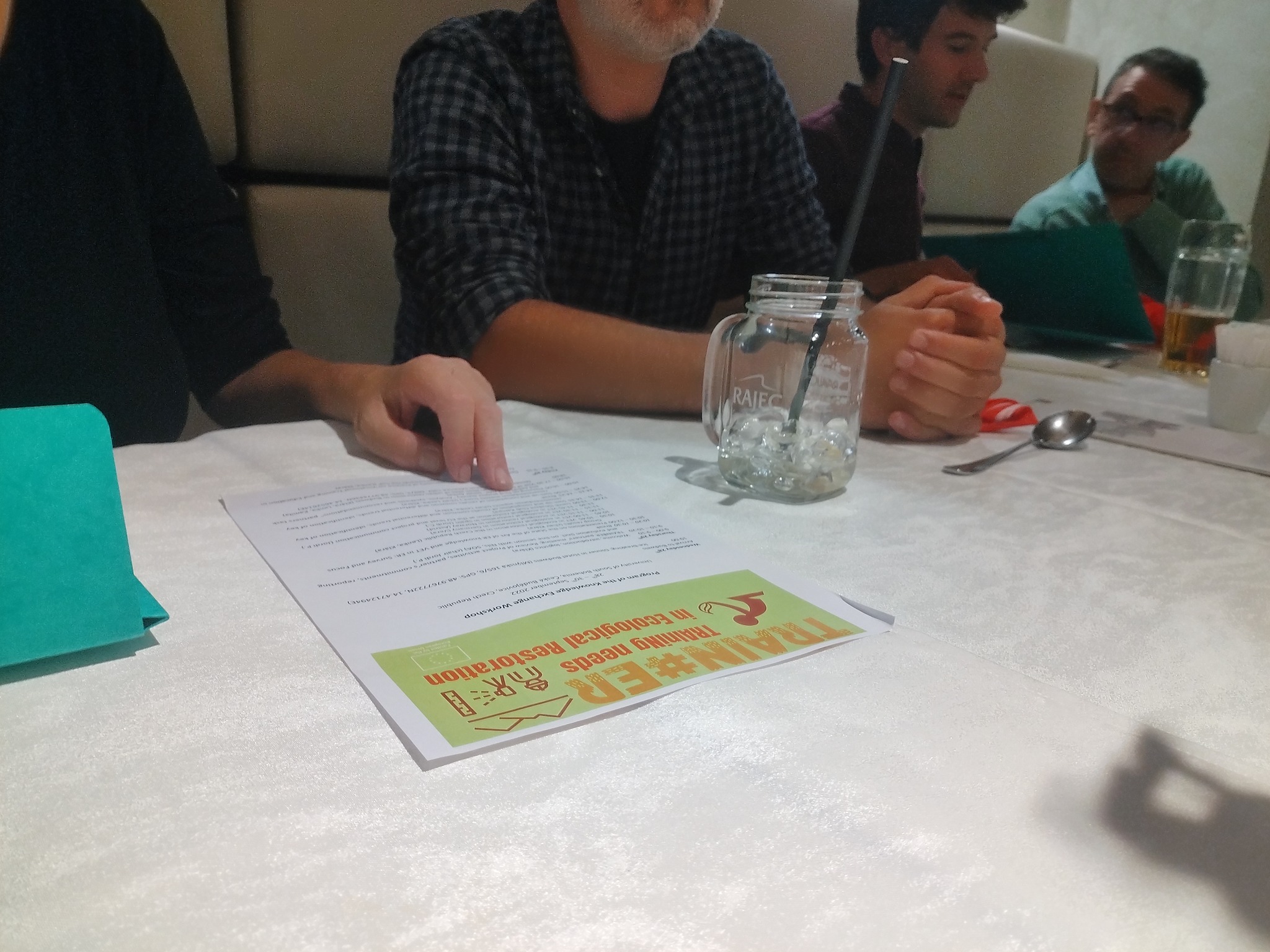
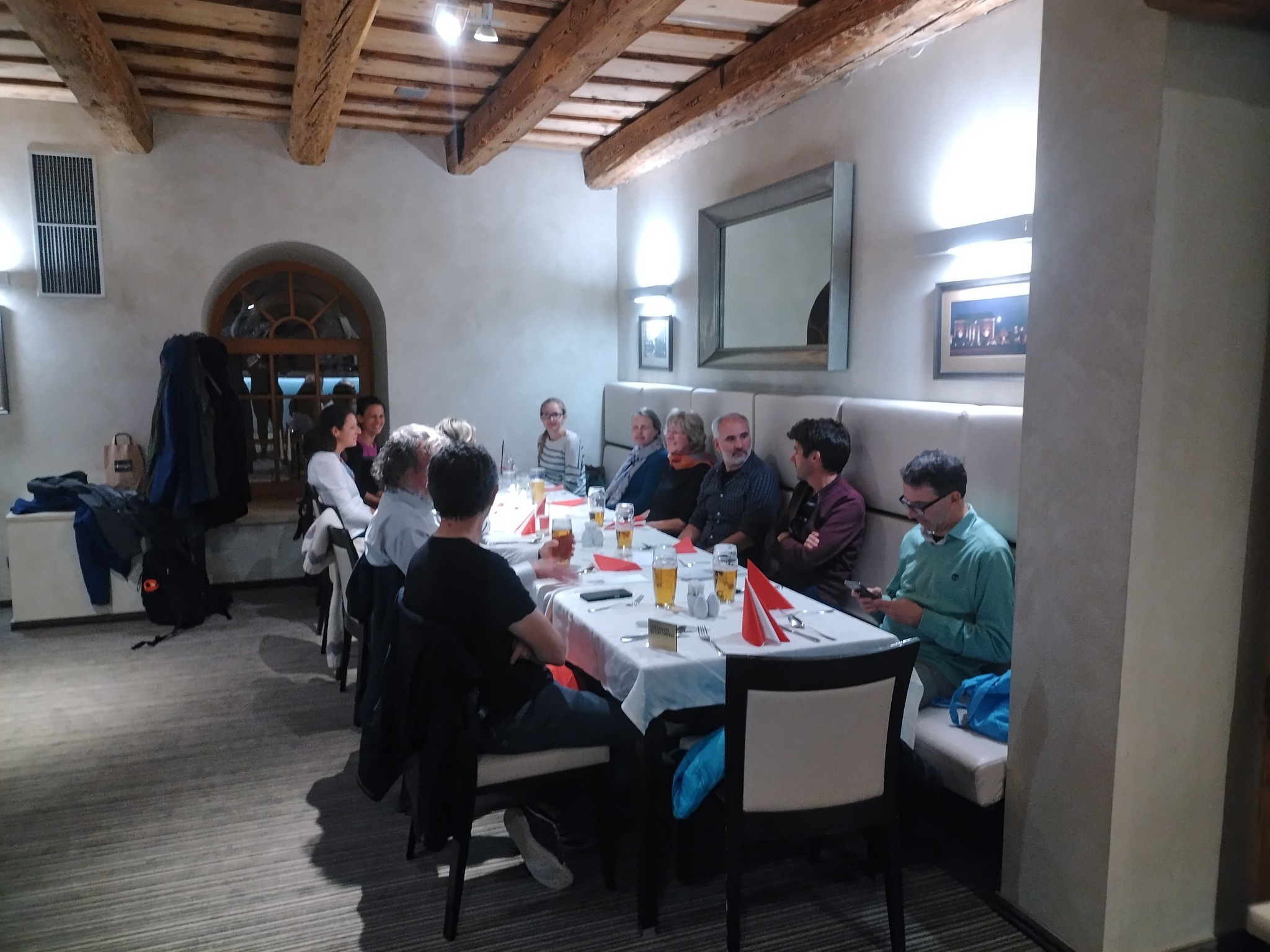
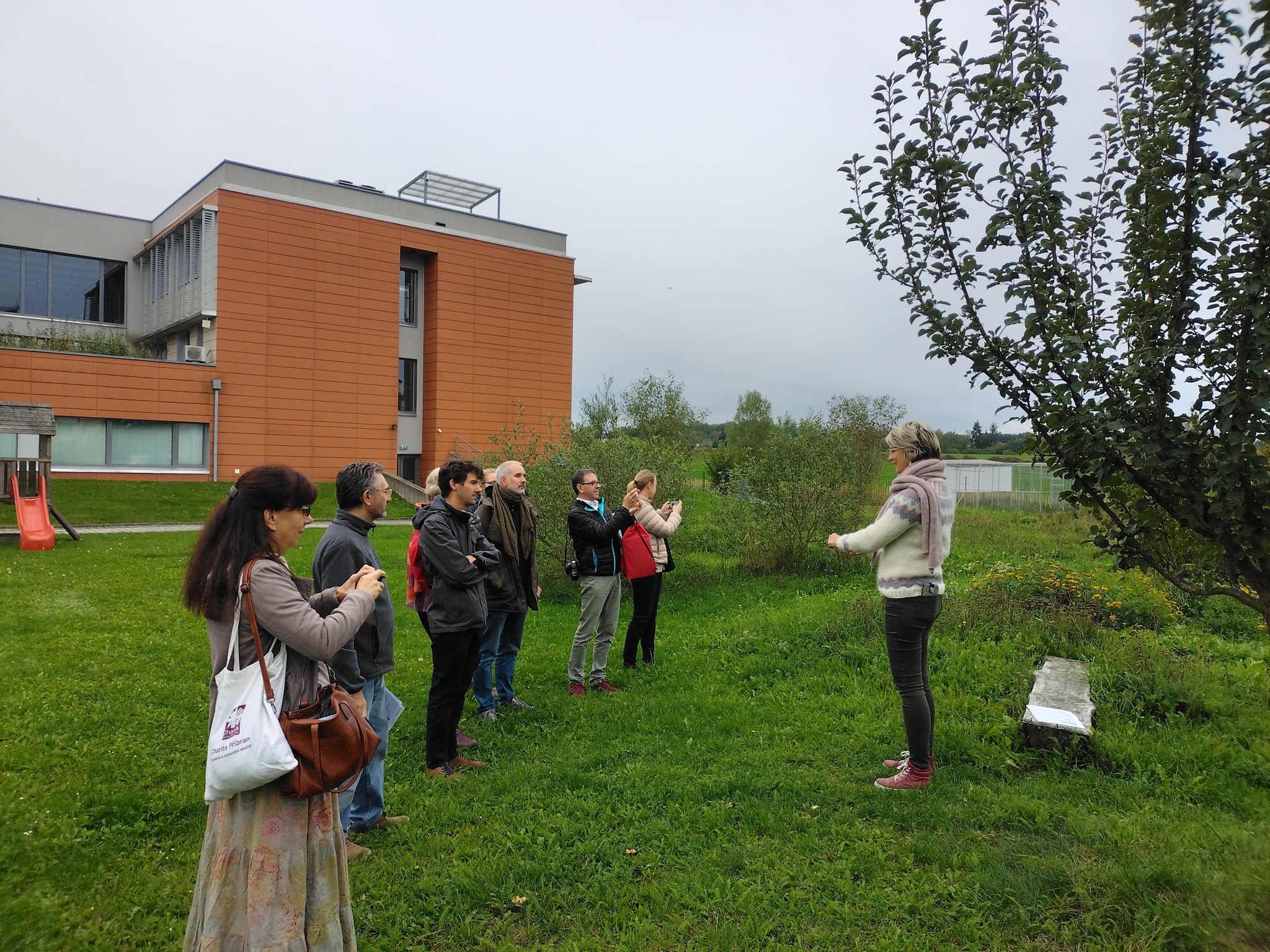
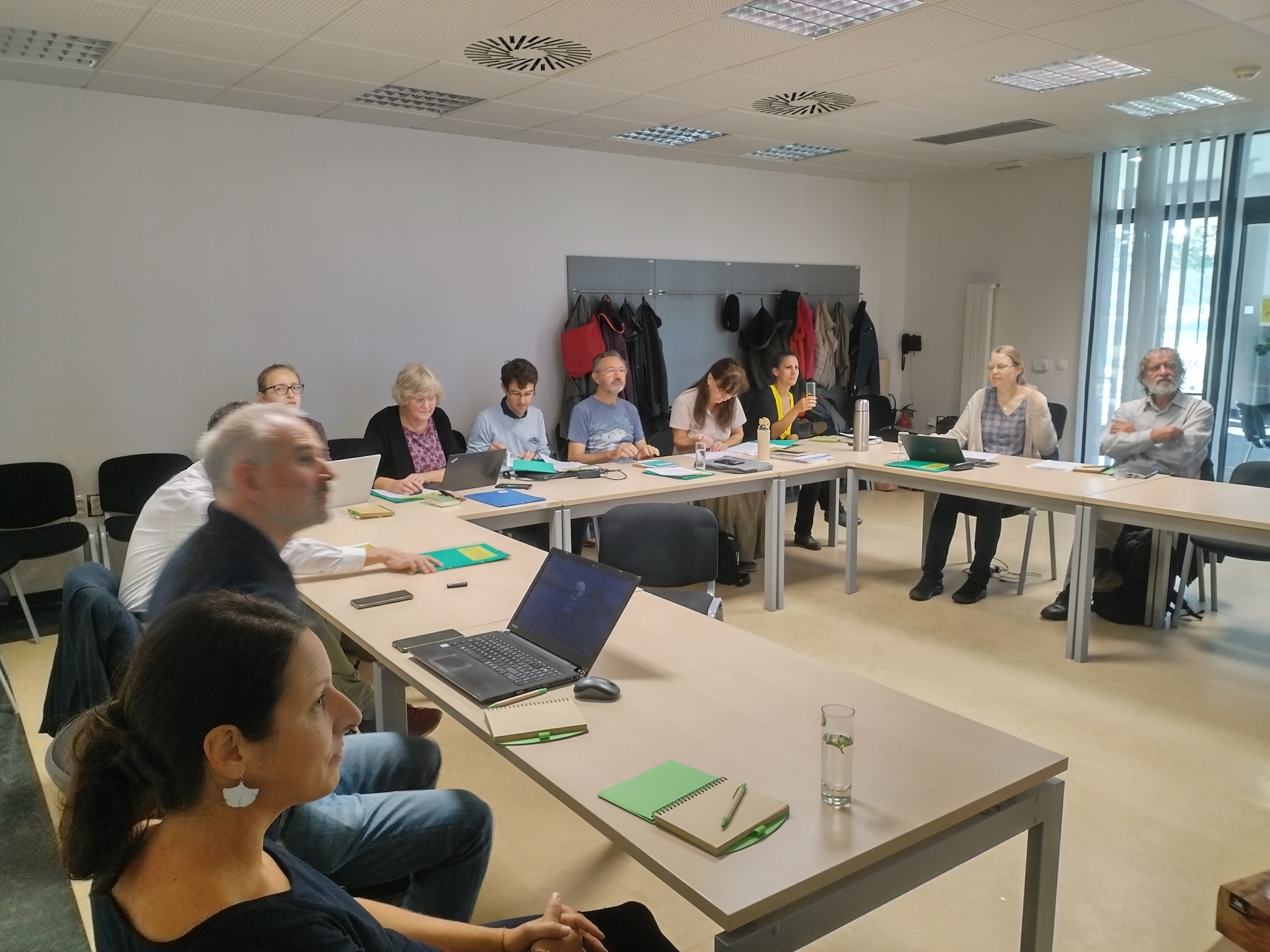
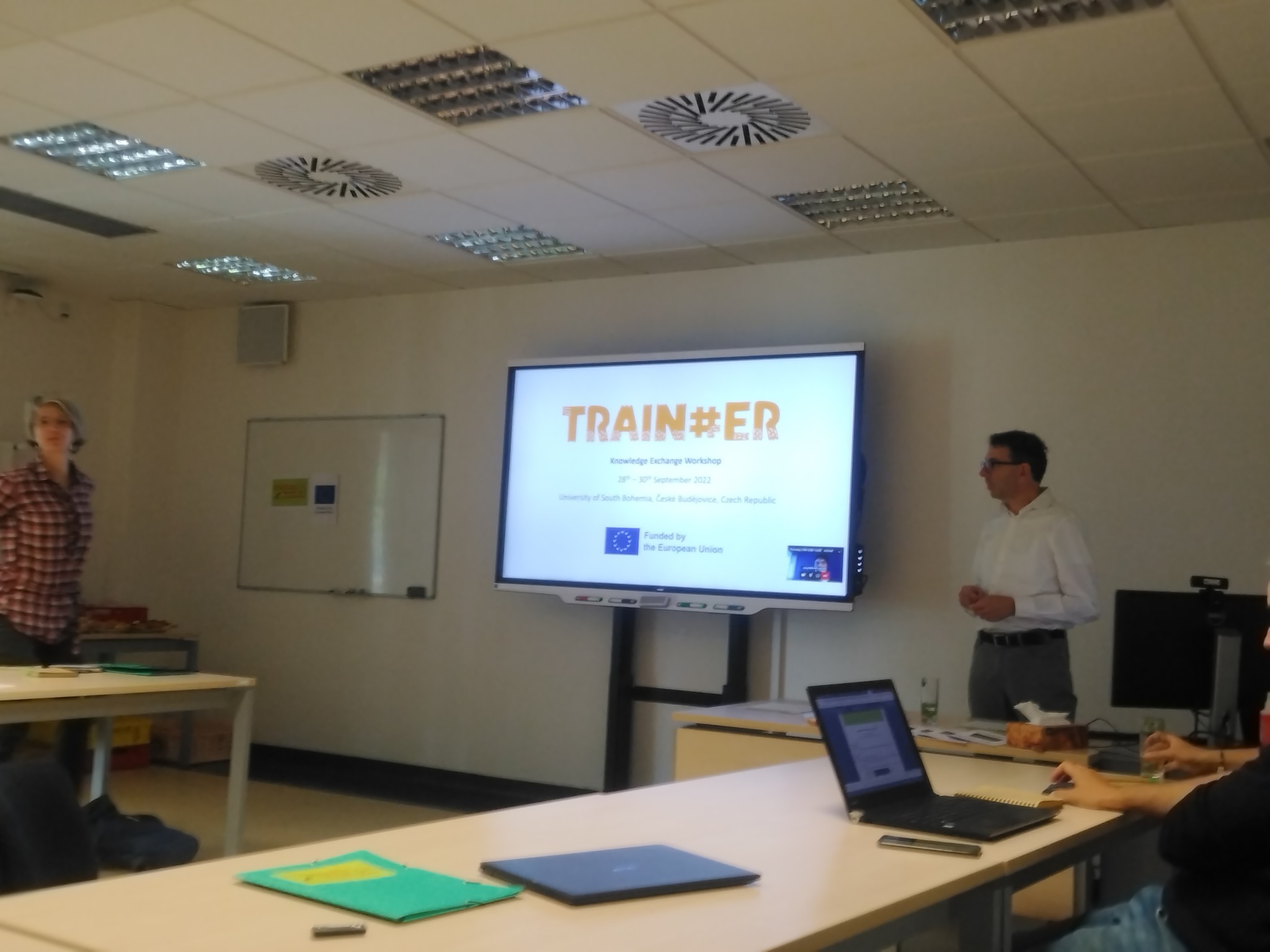


New experimental plot in the University campus
Published on Oct 3, 2022
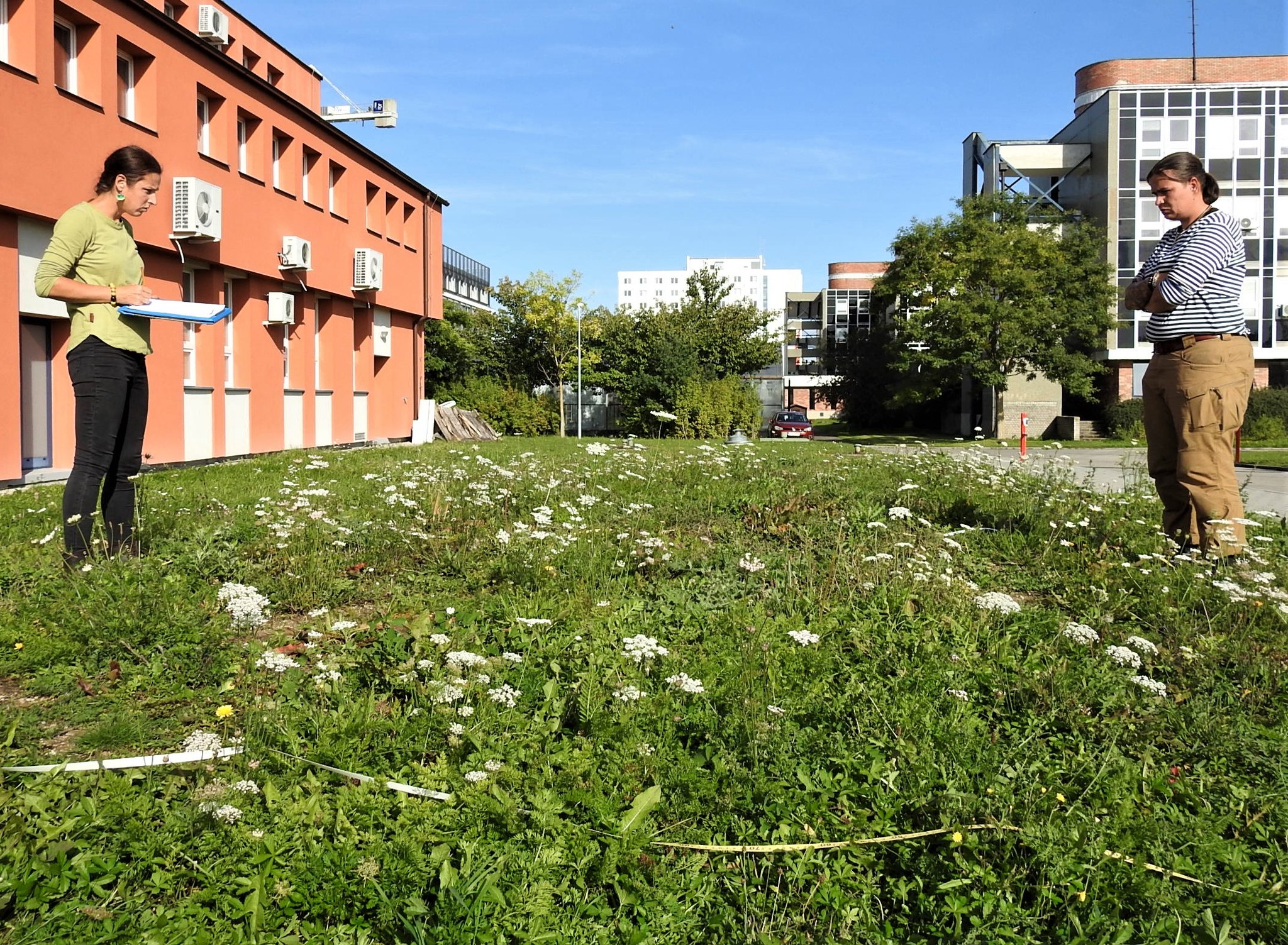 At the end of September, we impatiently waited for sunny weather. It was necessary to sample the faculty garden, and especially to find out what a new plot seeded with "Šumava regional seed mixture" looks like. In the place where the bare land remained due to construction work, we established an experimental flowering meadow this spring using two methods: the sowing of a regional seed mixture, and the application of remnants after hay. The latter is a traditional method that was commonly used in the past. Everything that remained after hay storage in the barn was swept out. This material was very rich in seeds of a variety of species. It seems now, that the sowing of seeds wins as daisies, cornflowers, and carrots have already bloomed in the plot. But the next season will fully show the power of both methods.
At the end of September, we impatiently waited for sunny weather. It was necessary to sample the faculty garden, and especially to find out what a new plot seeded with "Šumava regional seed mixture" looks like. In the place where the bare land remained due to construction work, we established an experimental flowering meadow this spring using two methods: the sowing of a regional seed mixture, and the application of remnants after hay. The latter is a traditional method that was commonly used in the past. Everything that remained after hay storage in the barn was swept out. This material was very rich in seeds of a variety of species. It seems now, that the sowing of seeds wins as daisies, cornflowers, and carrots have already bloomed in the plot. But the next season will fully show the power of both methods.
